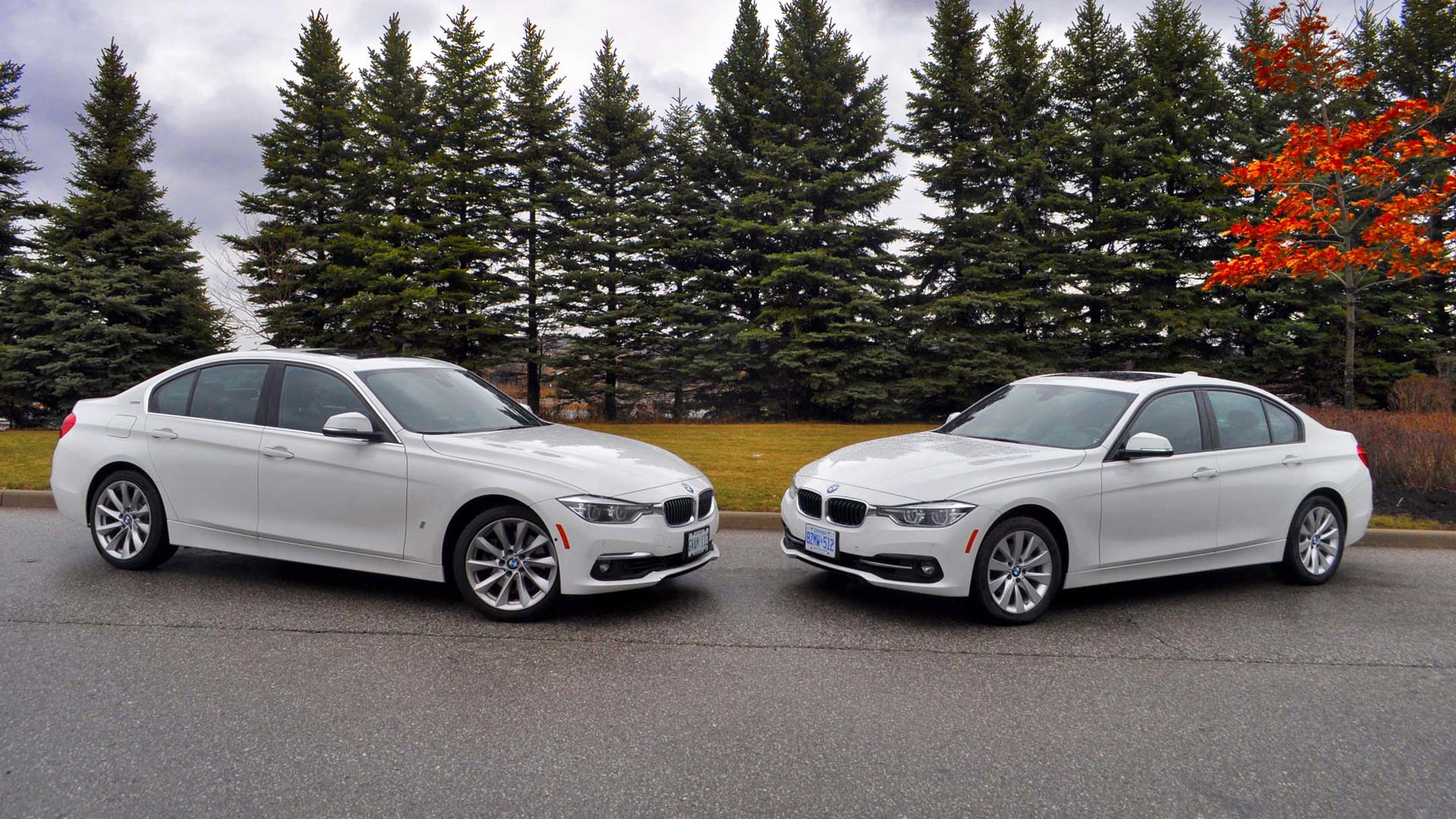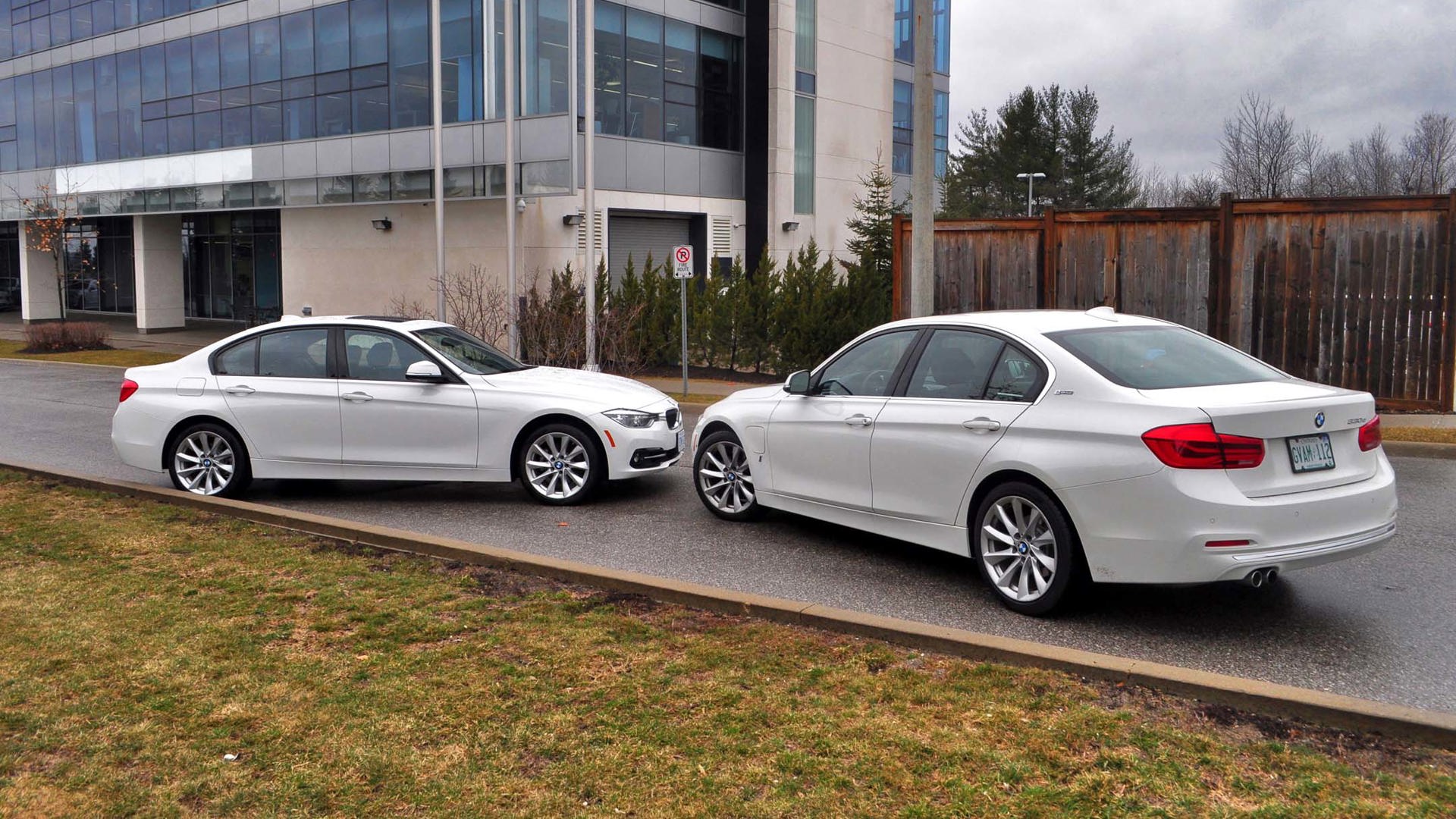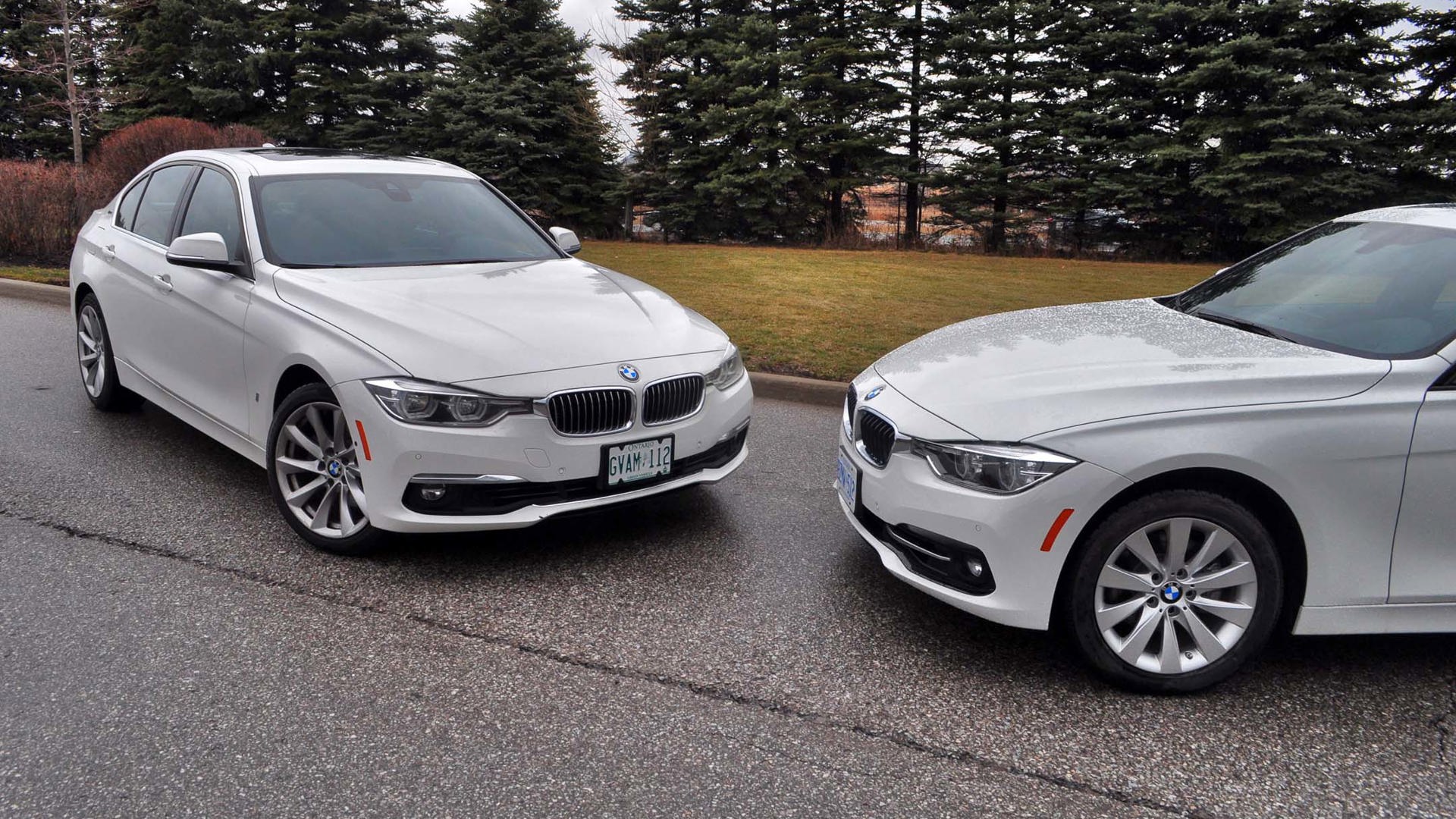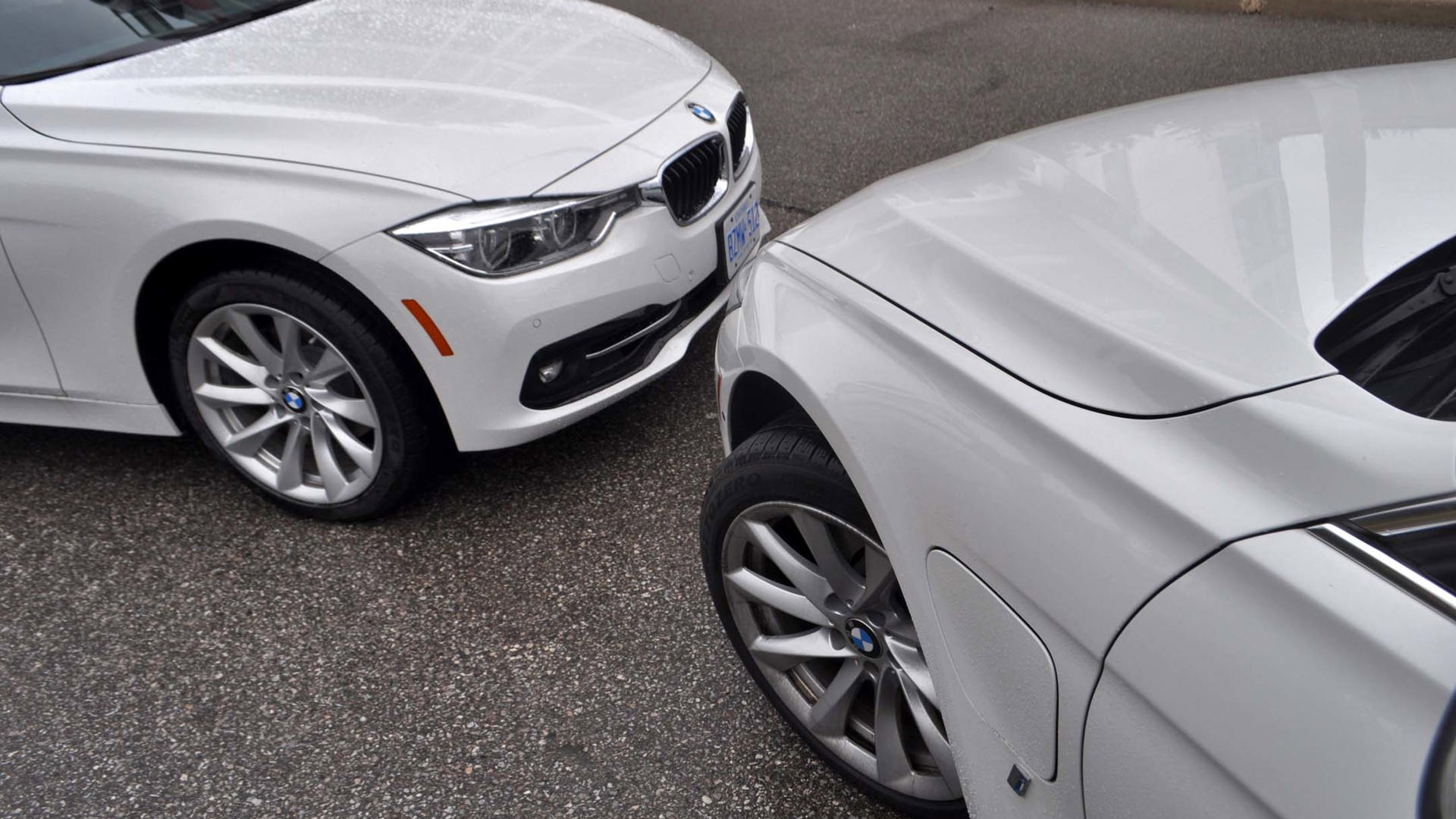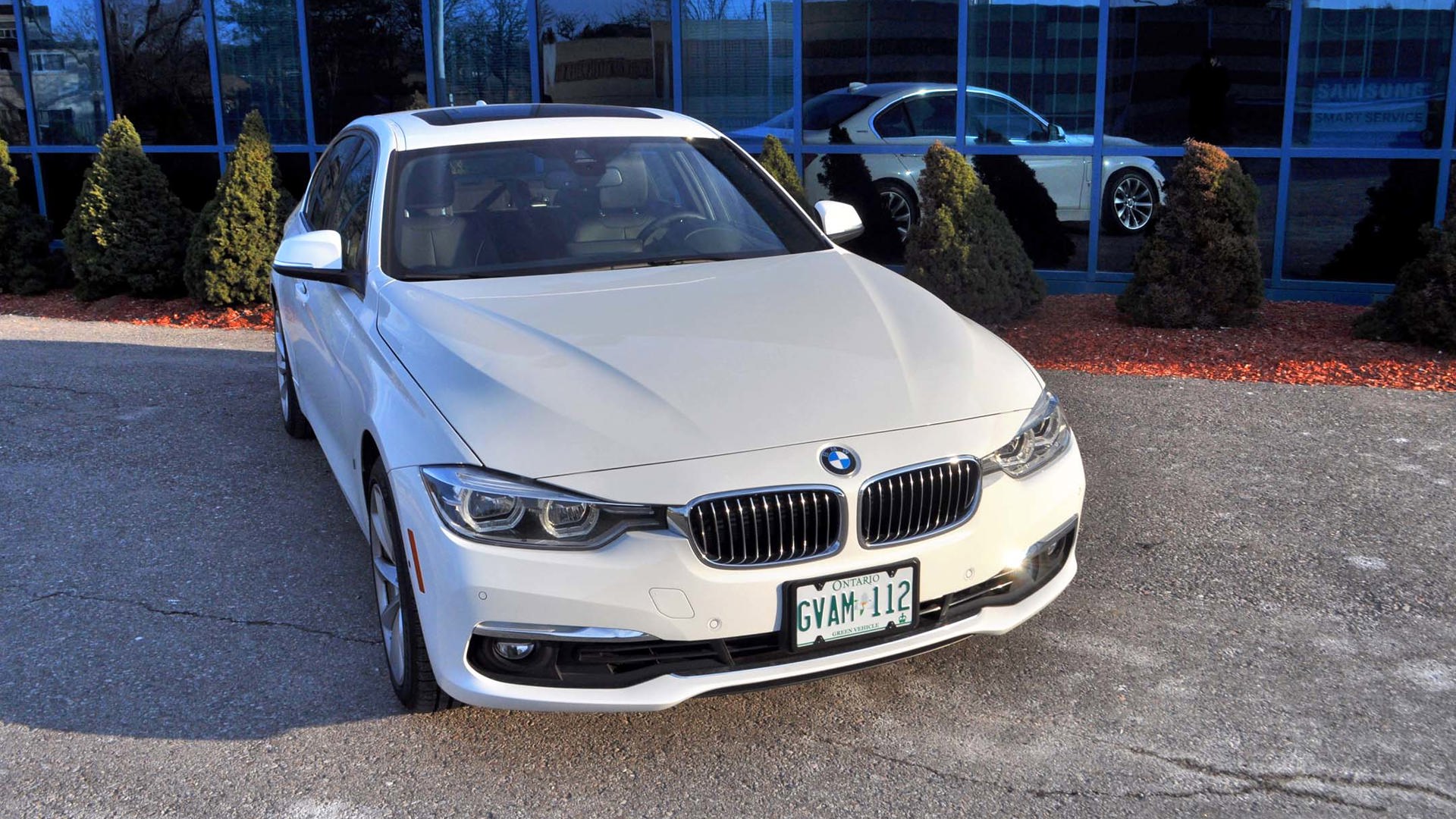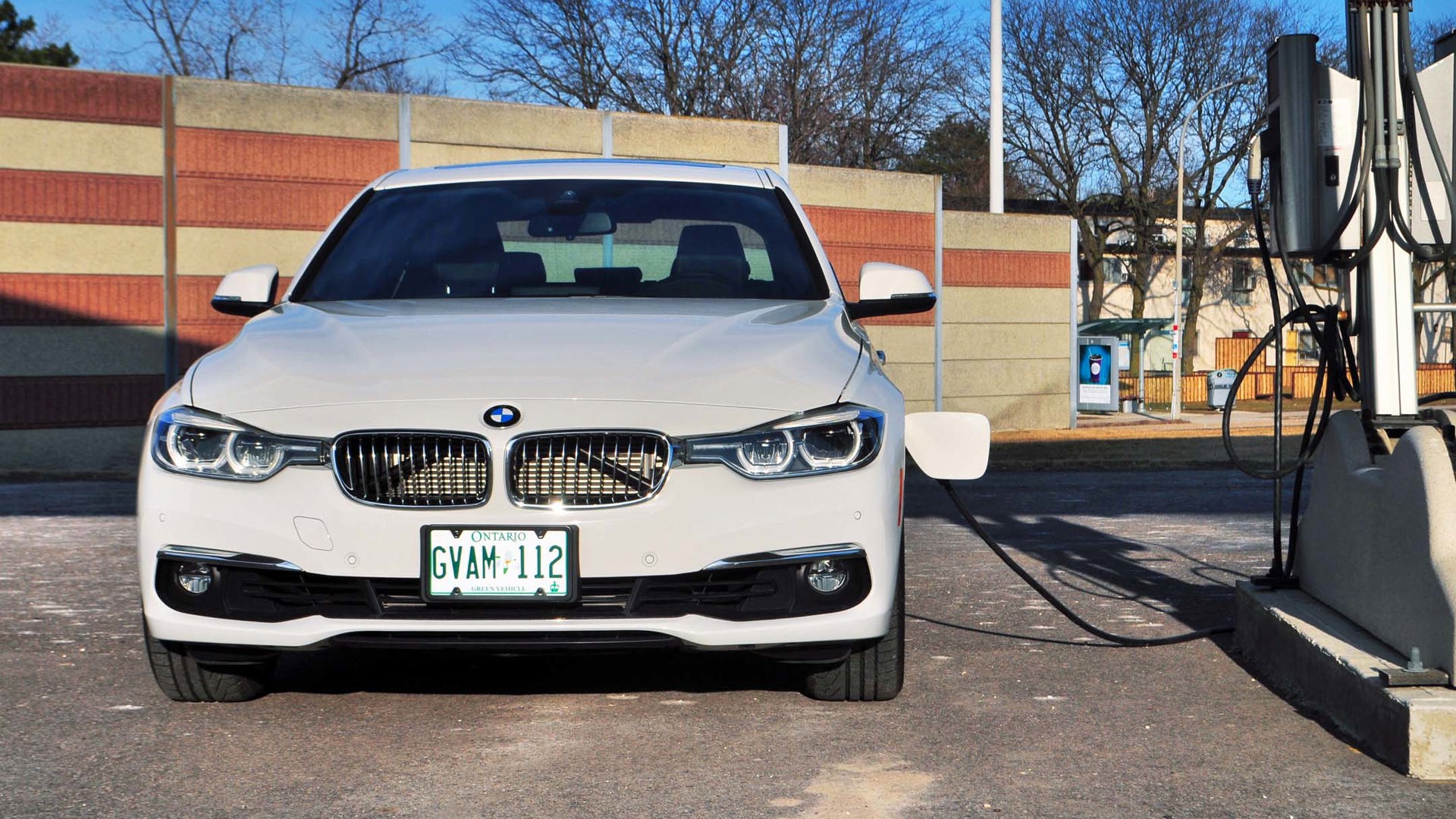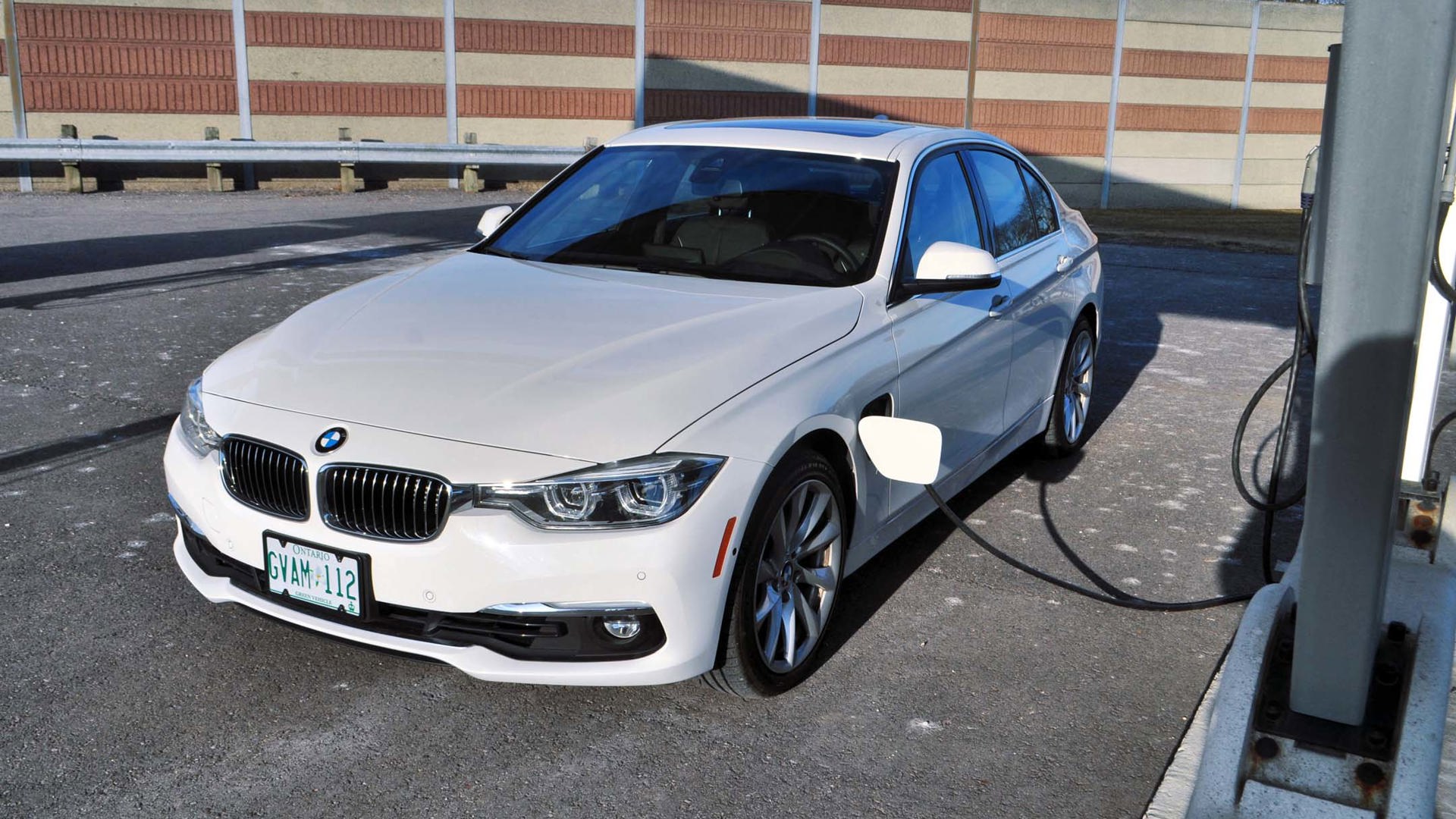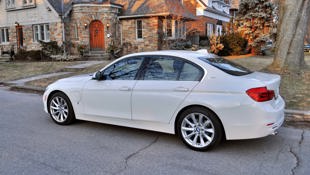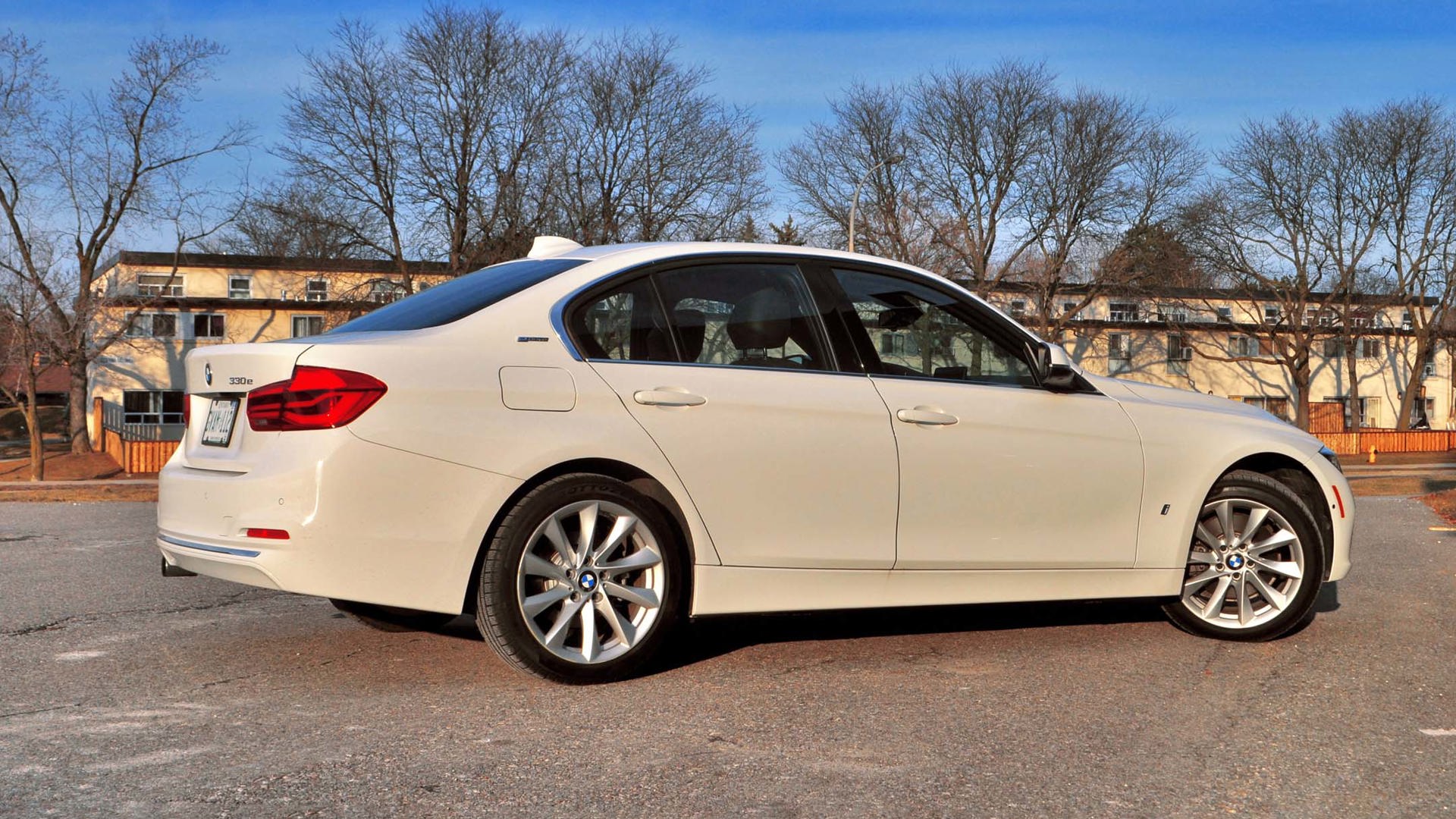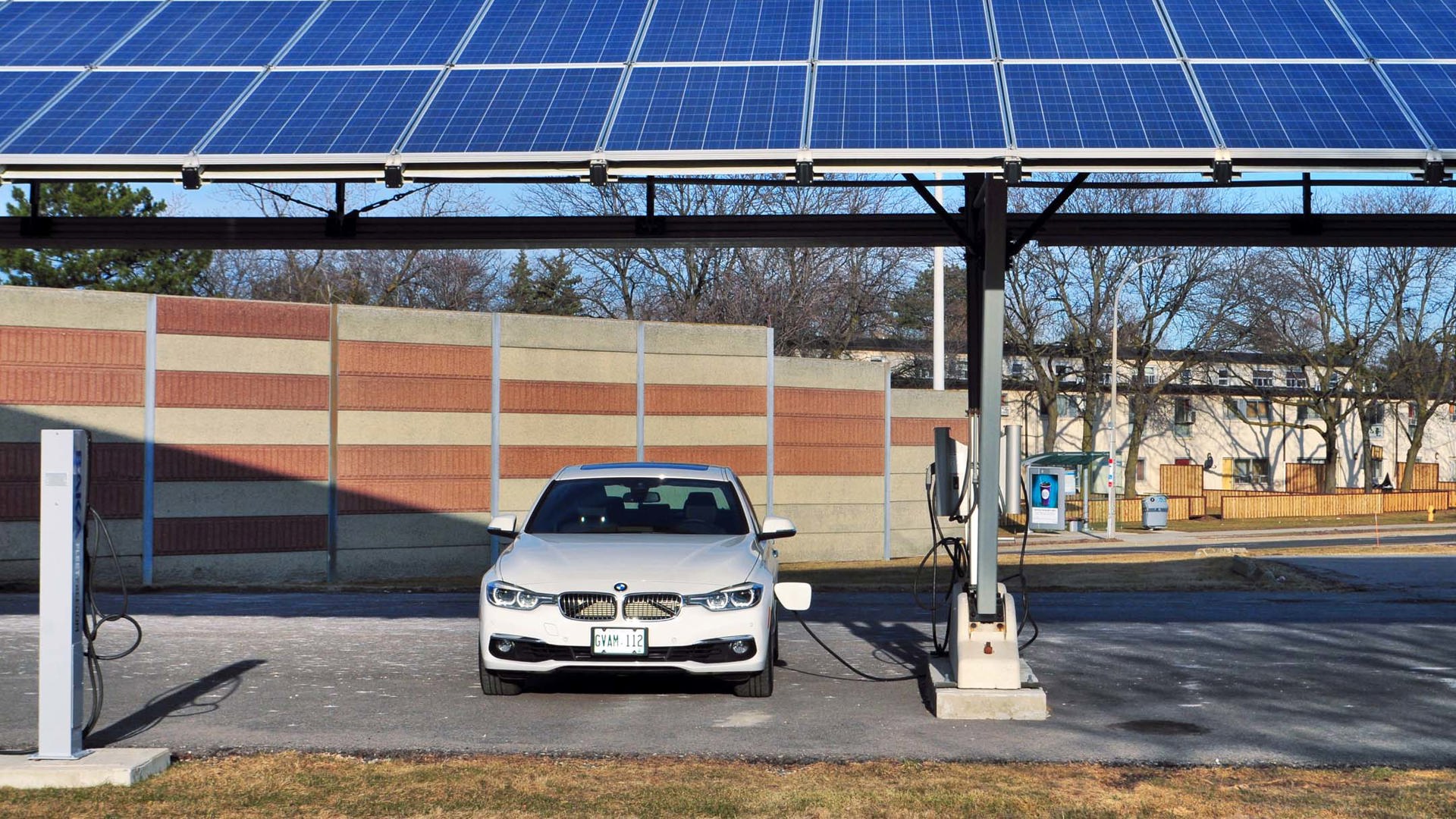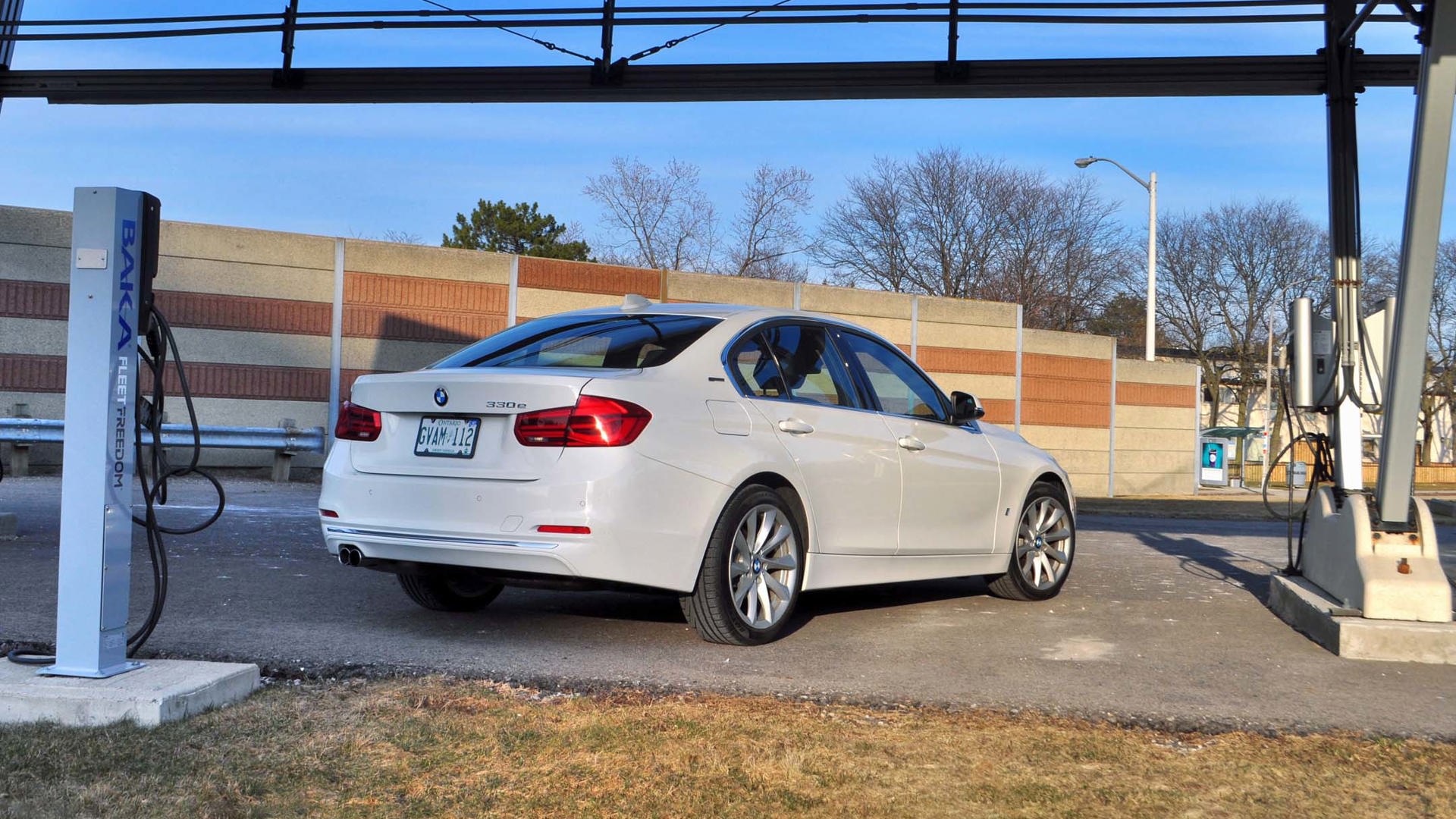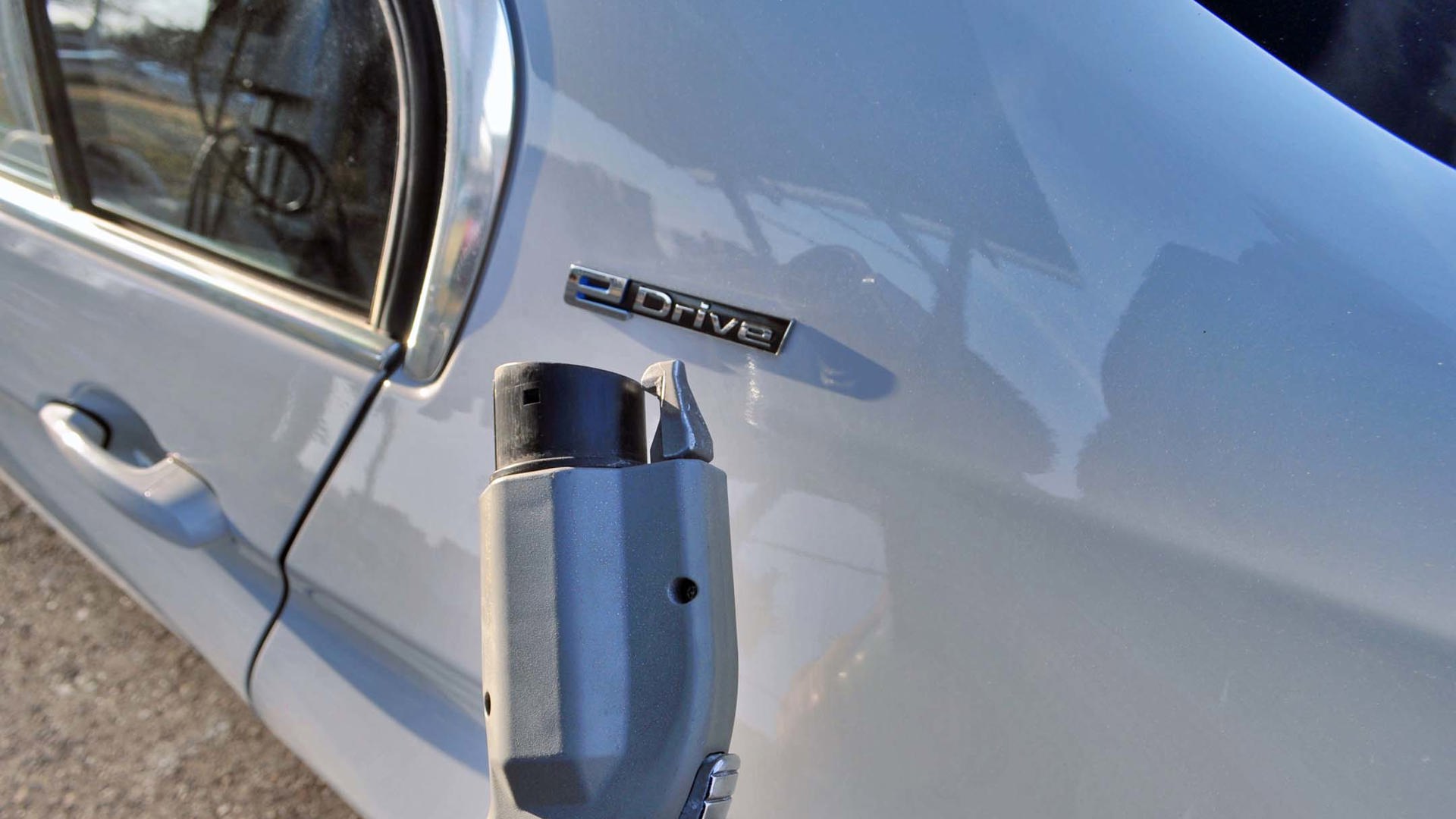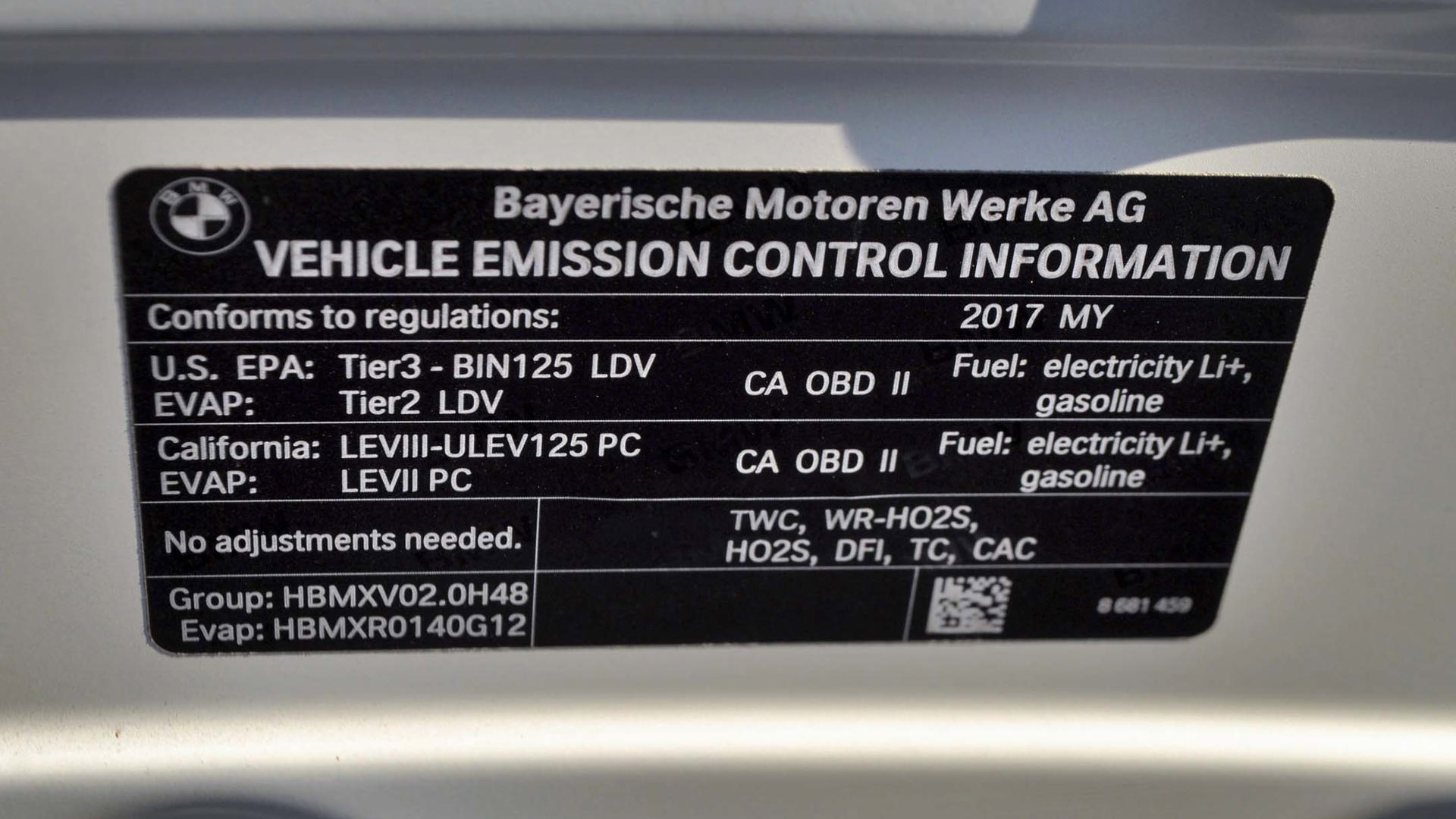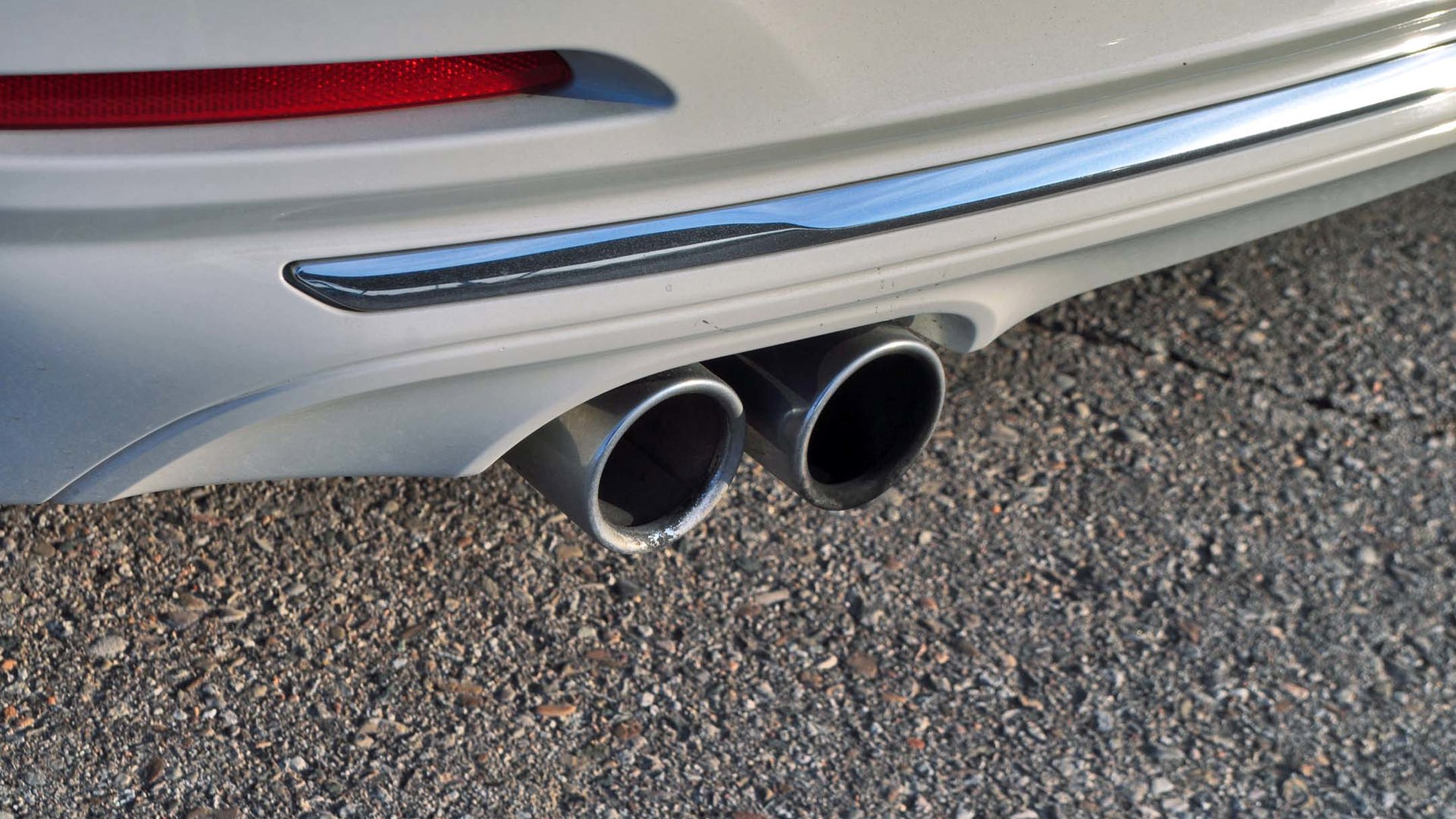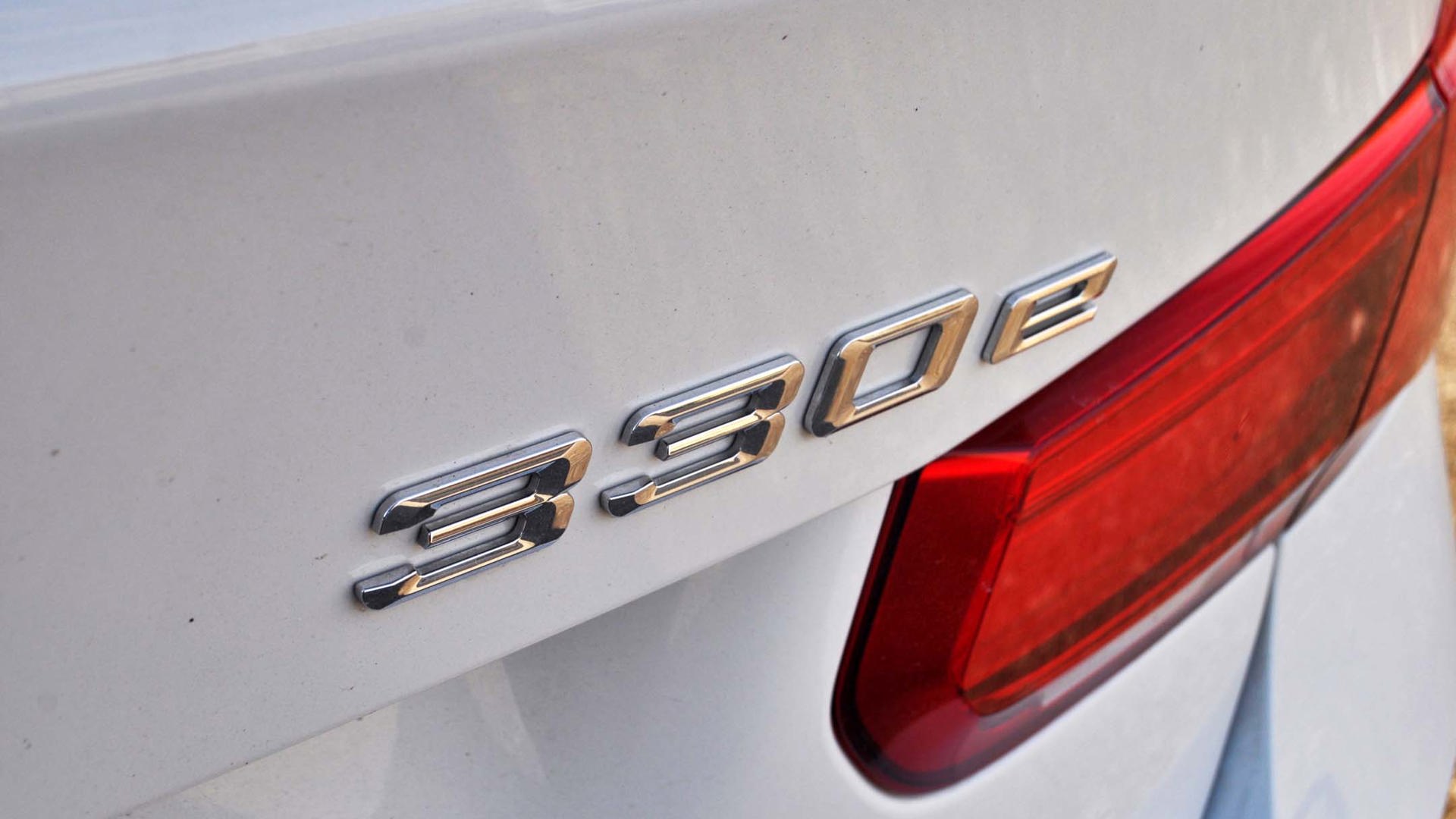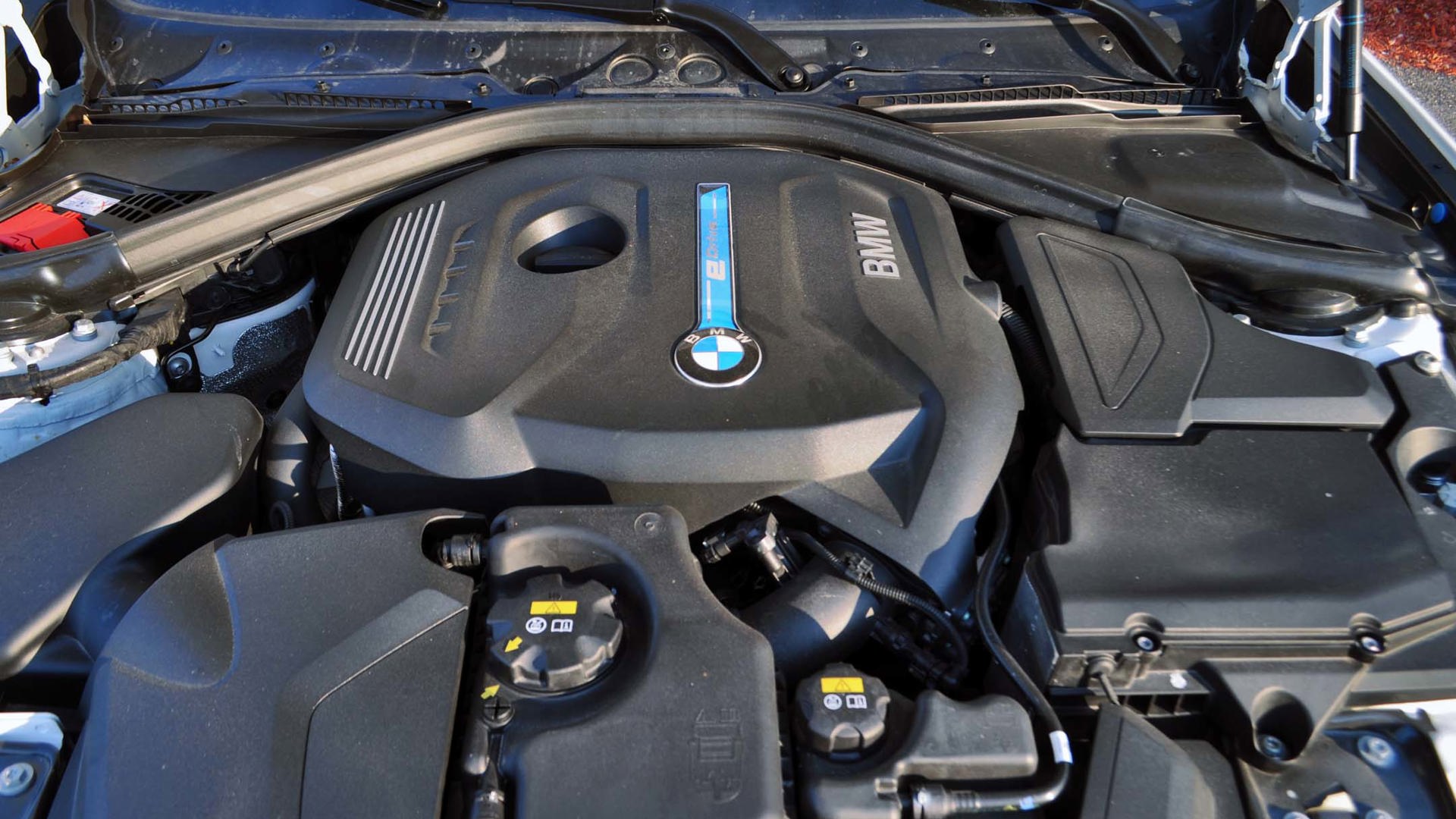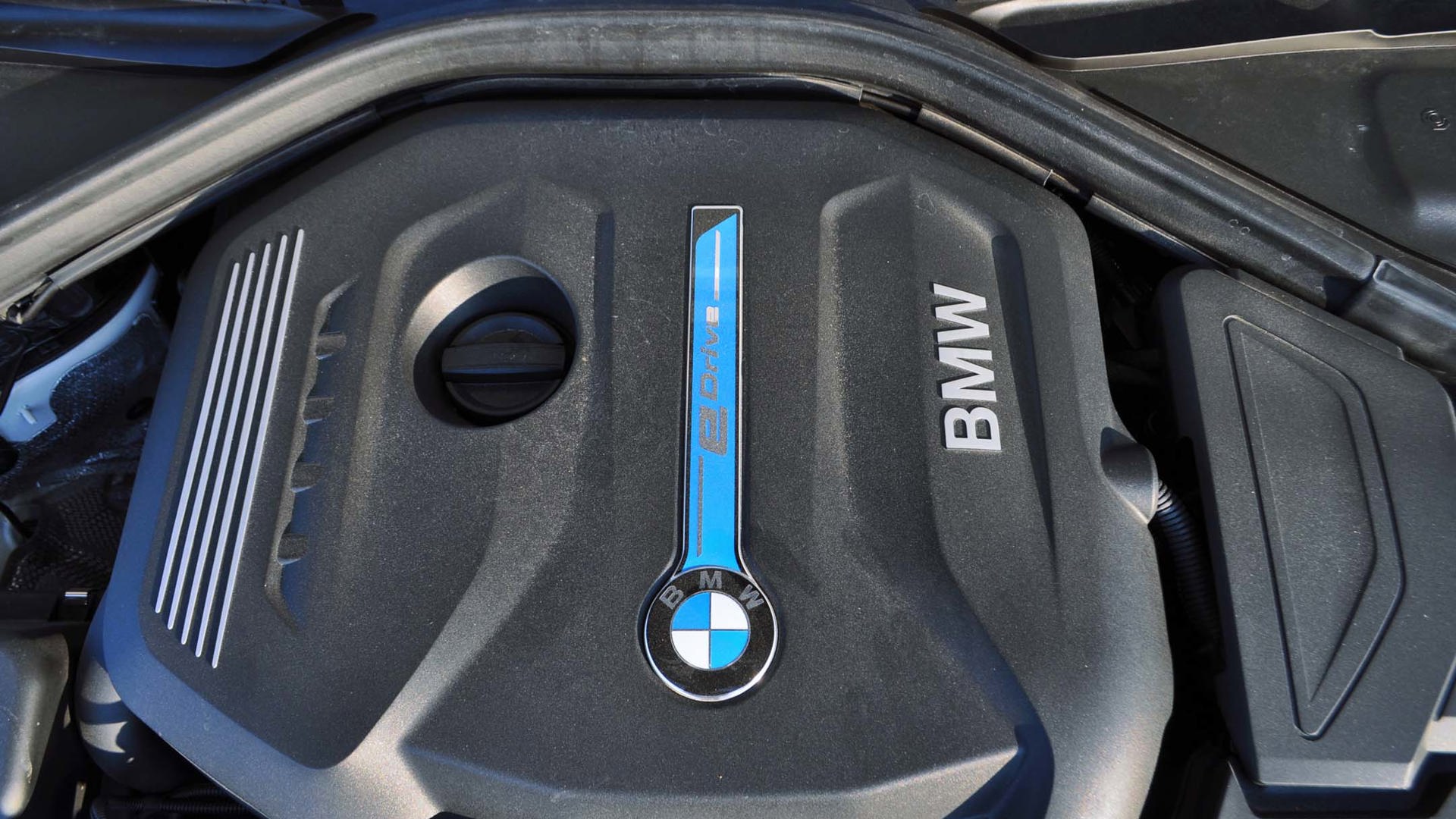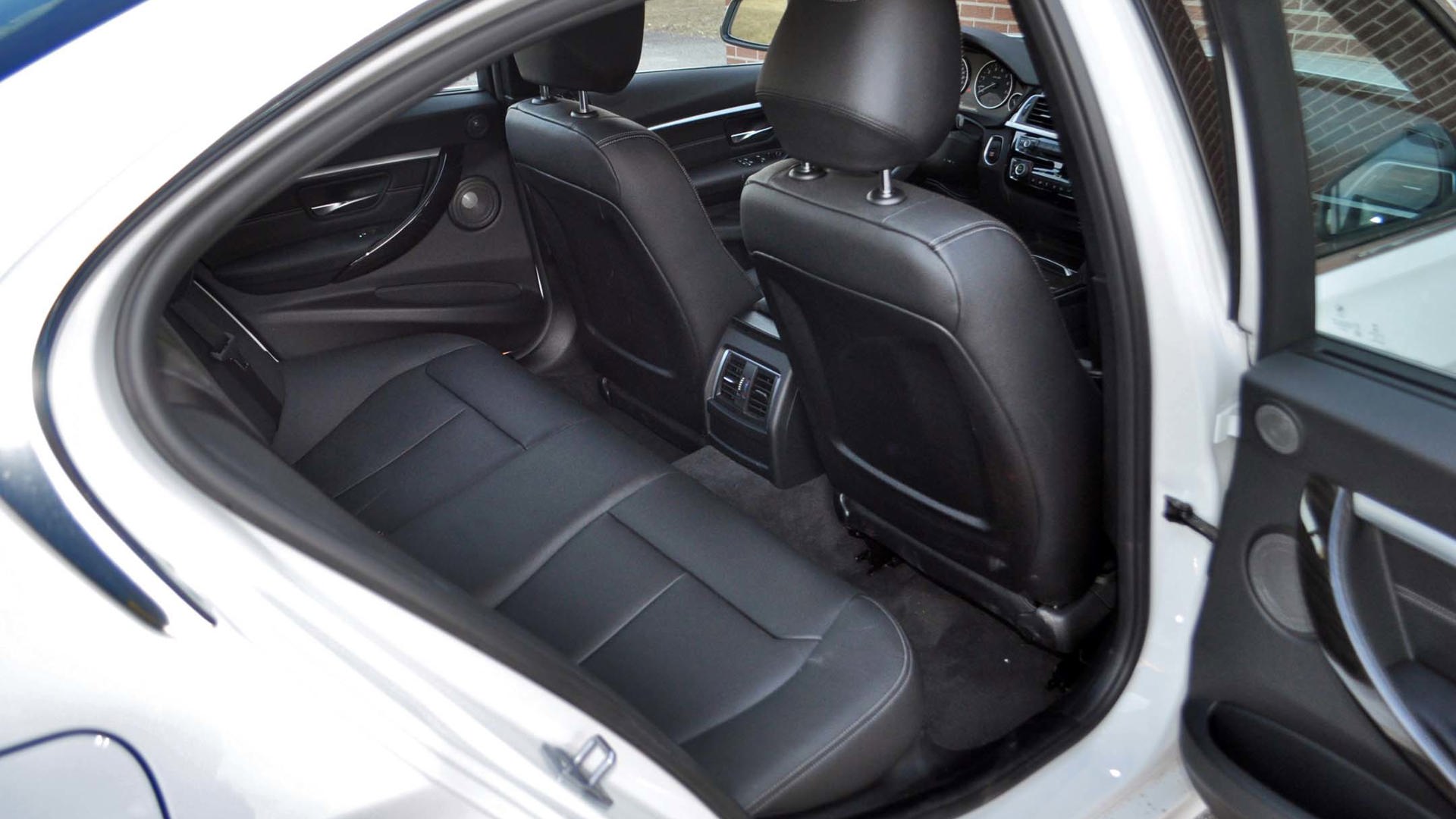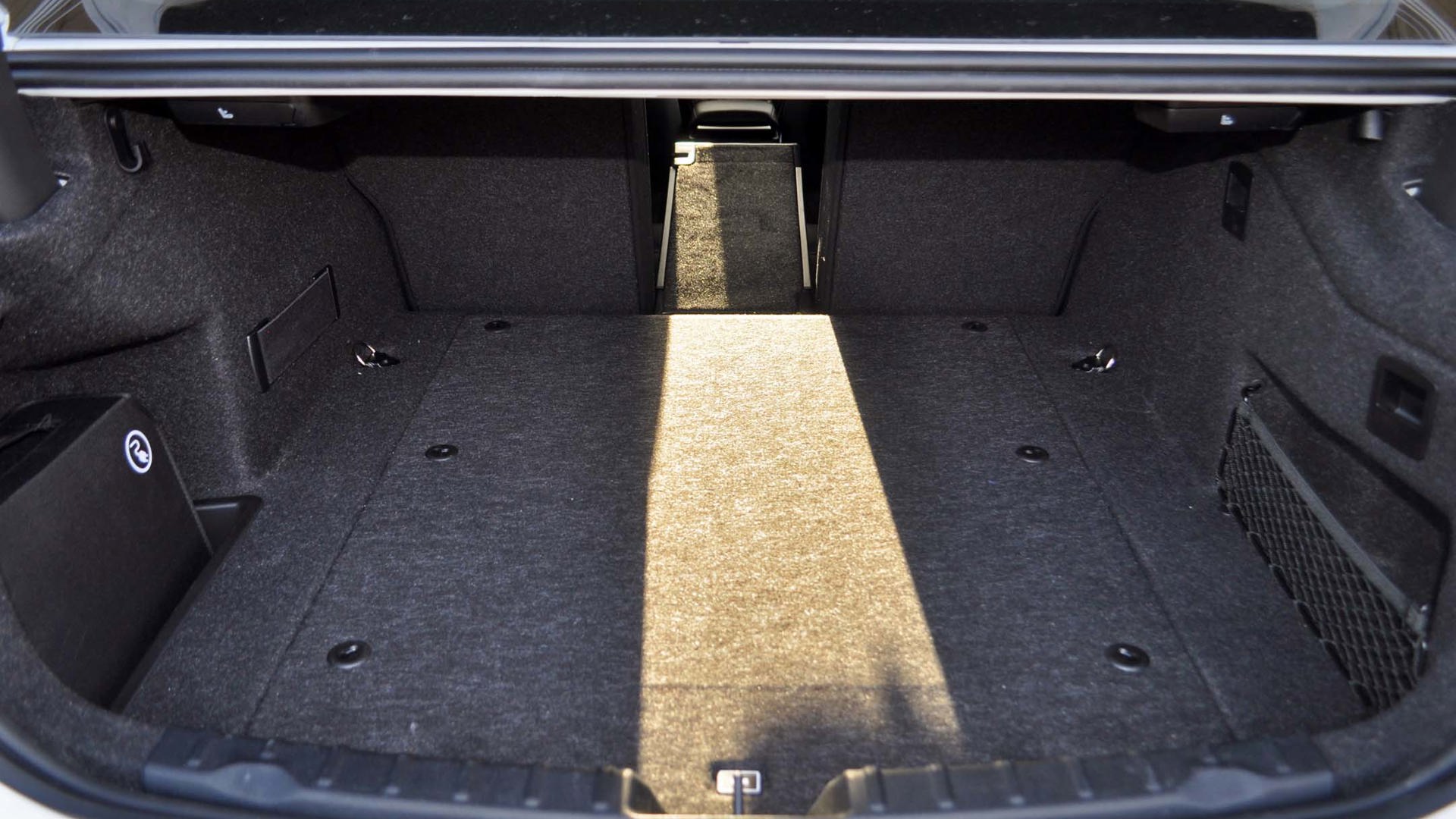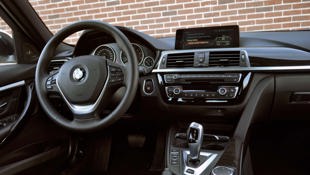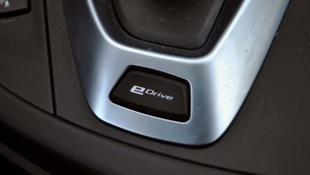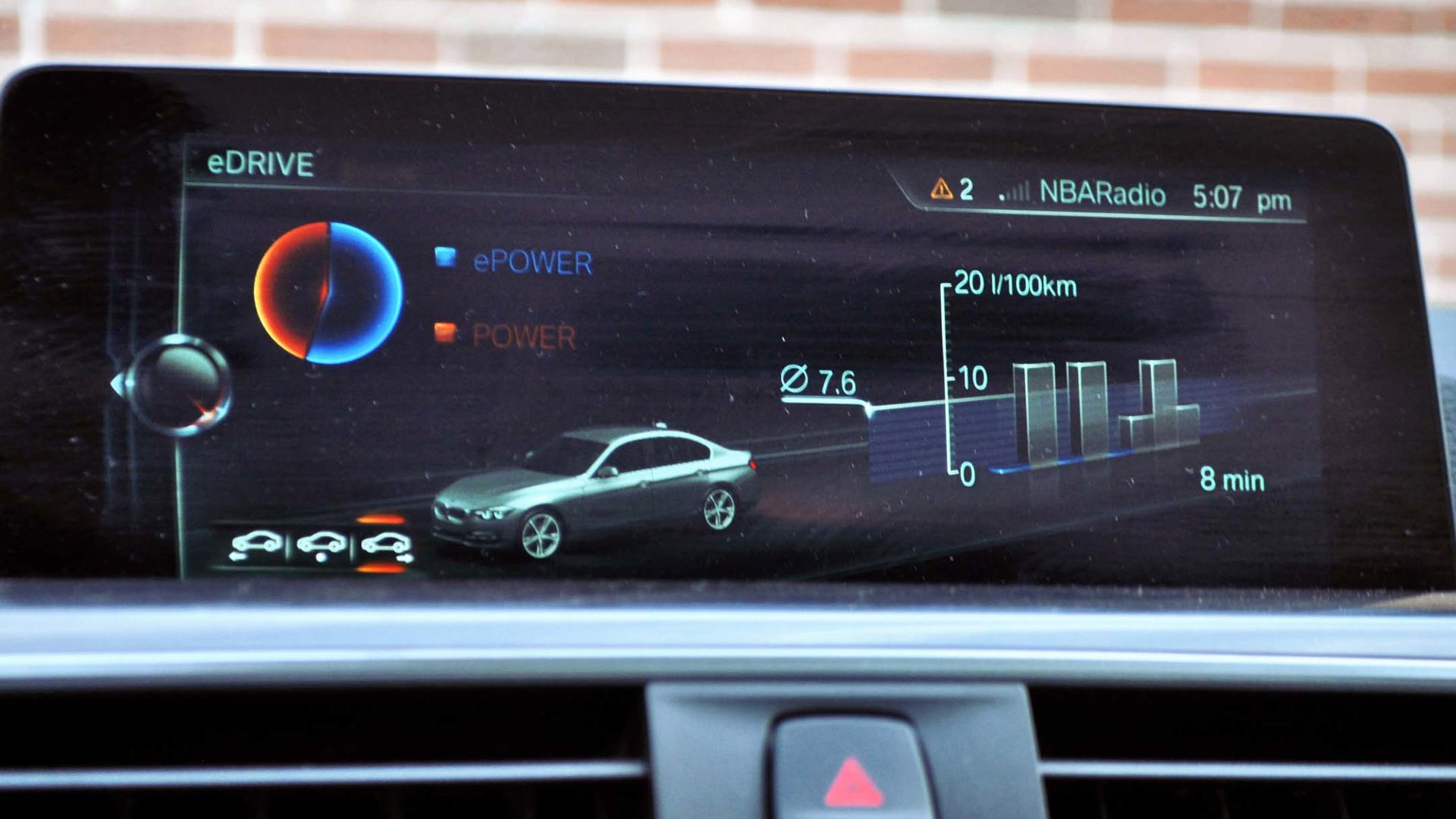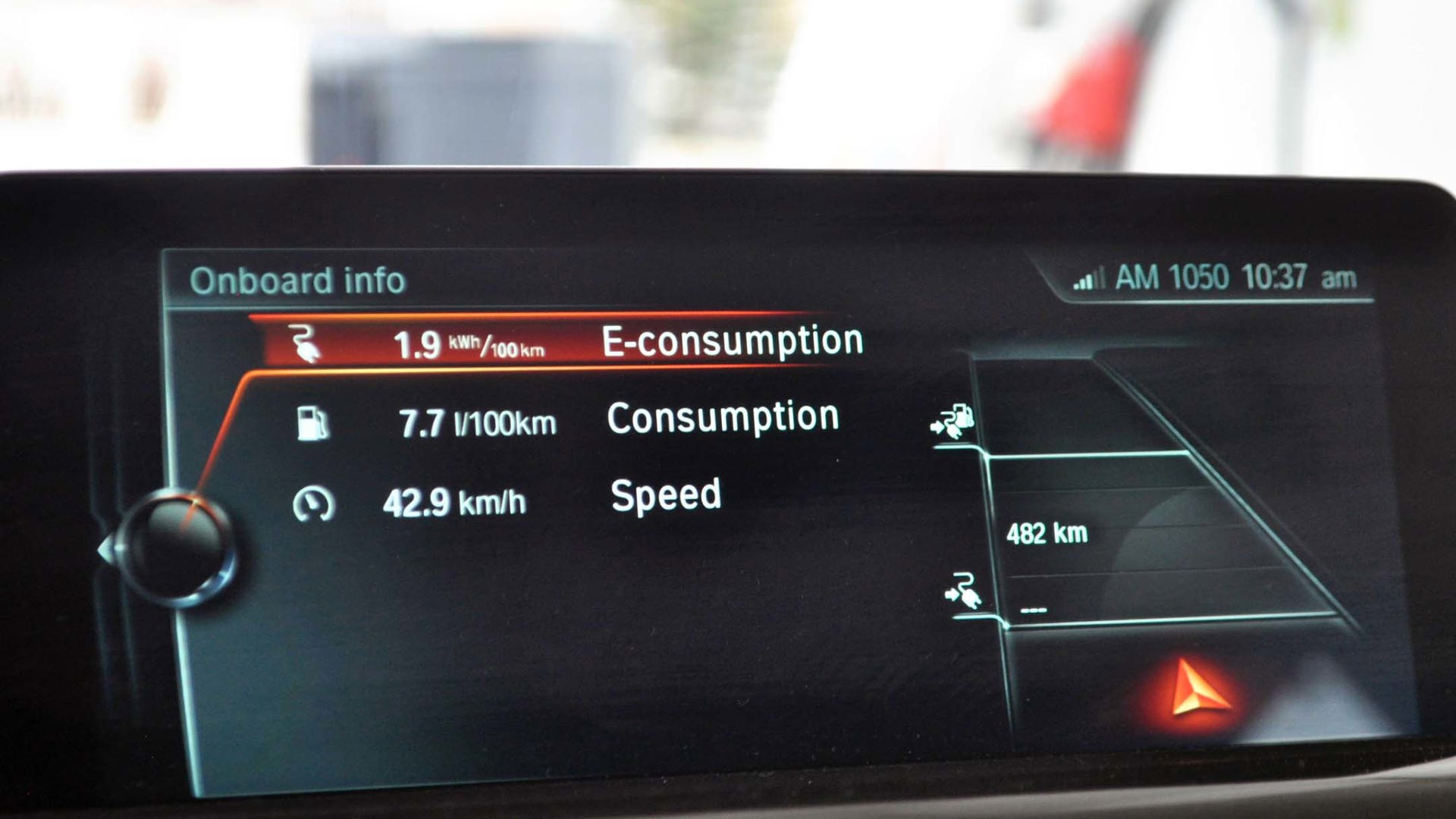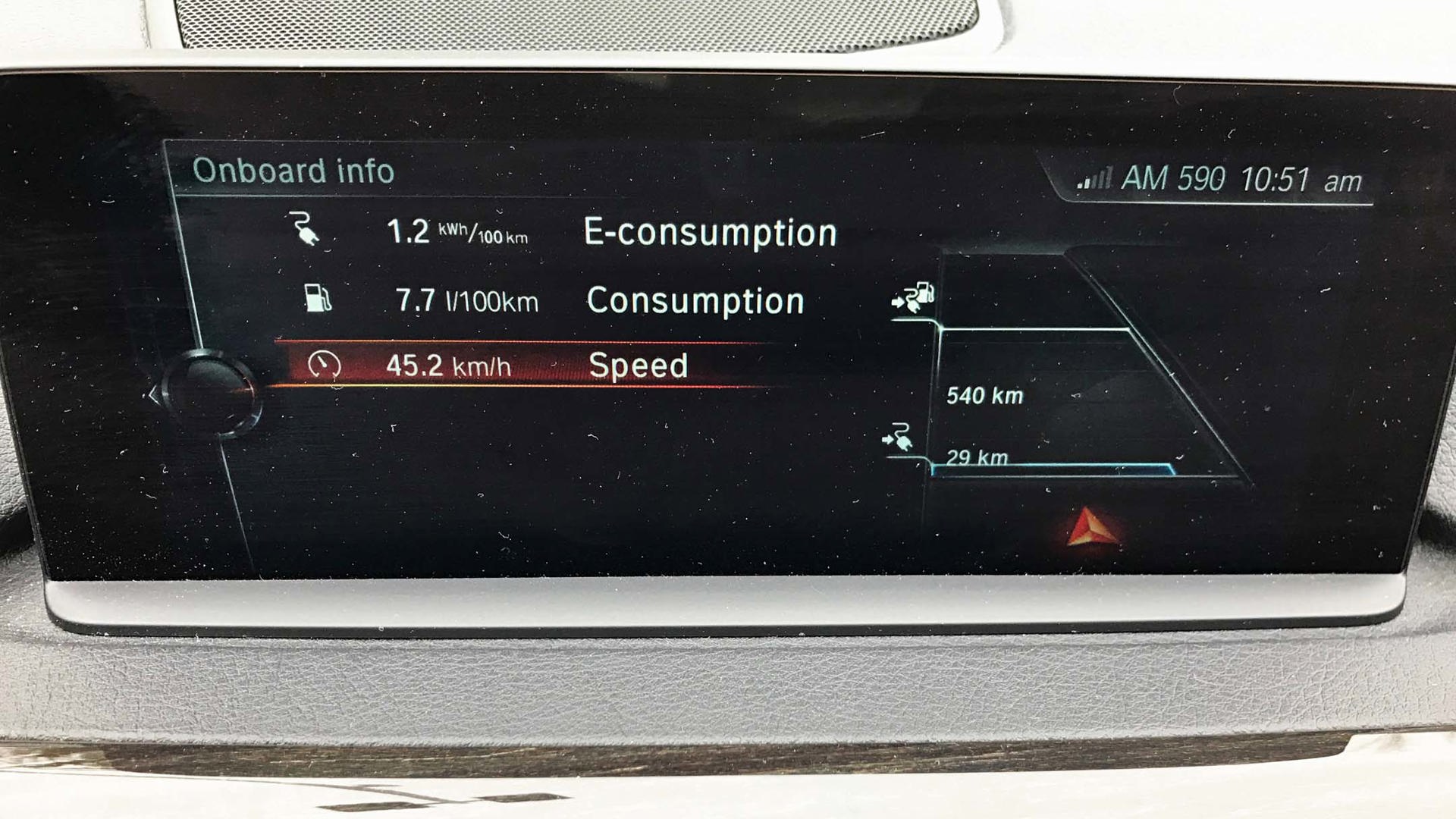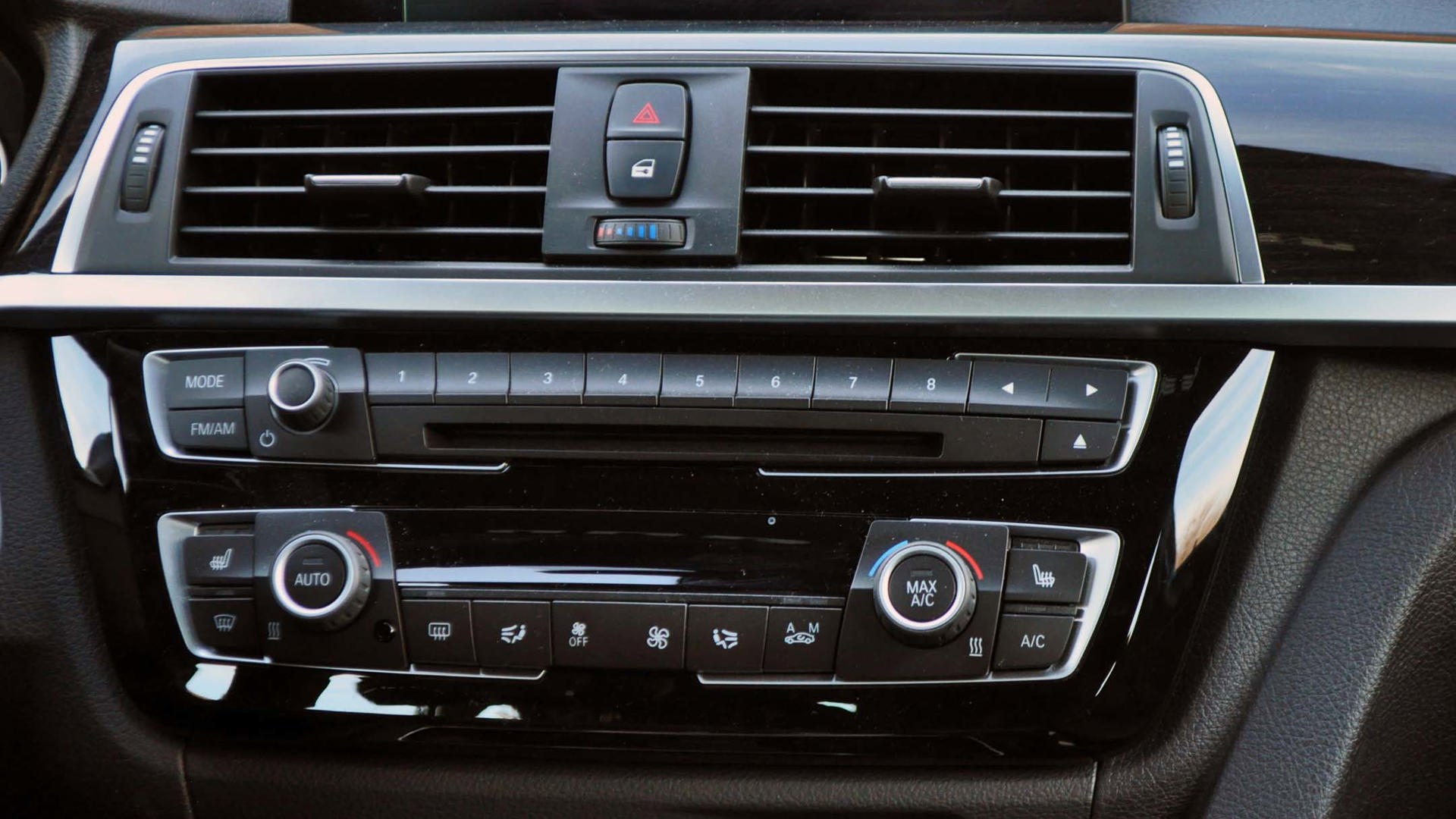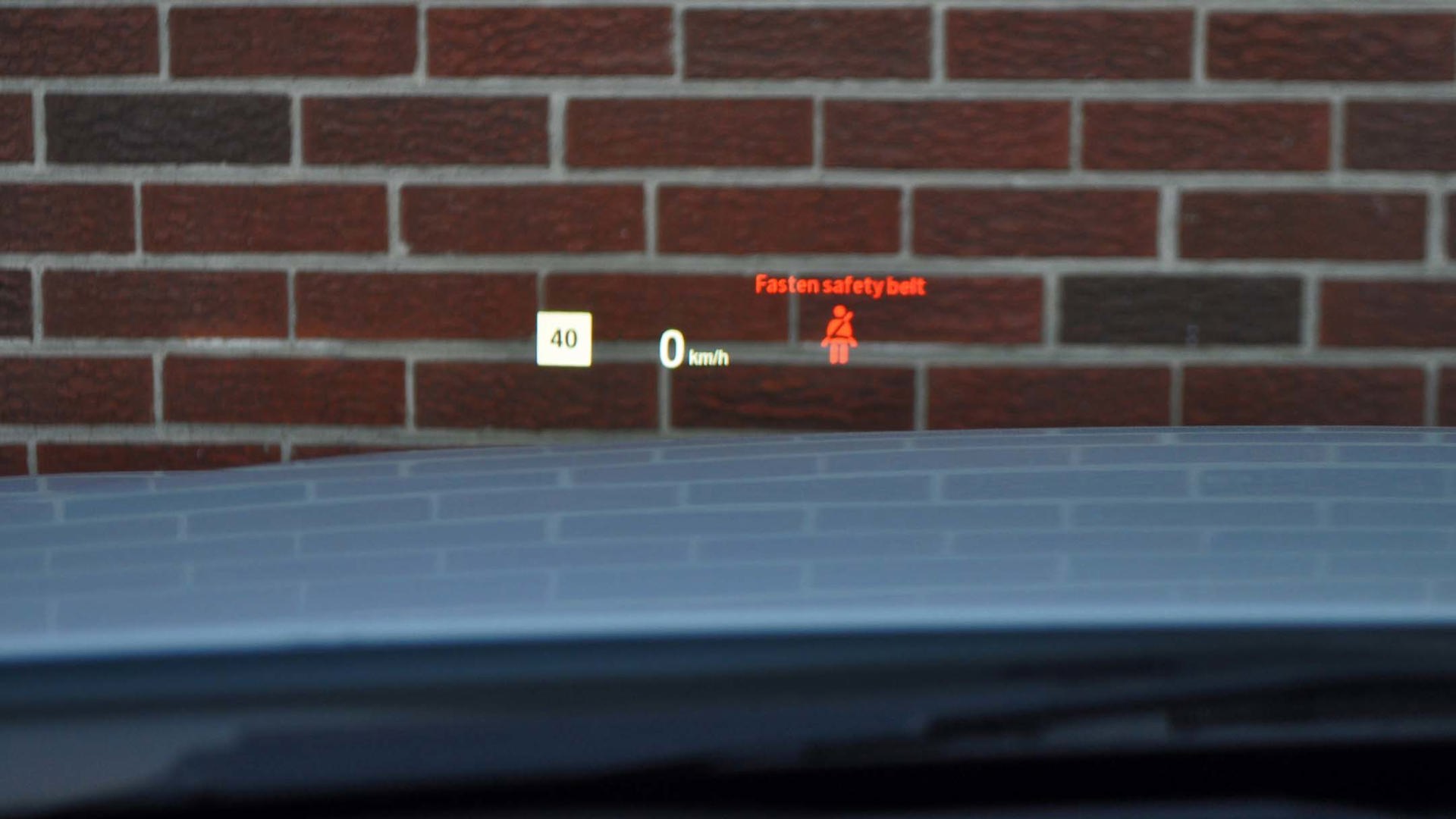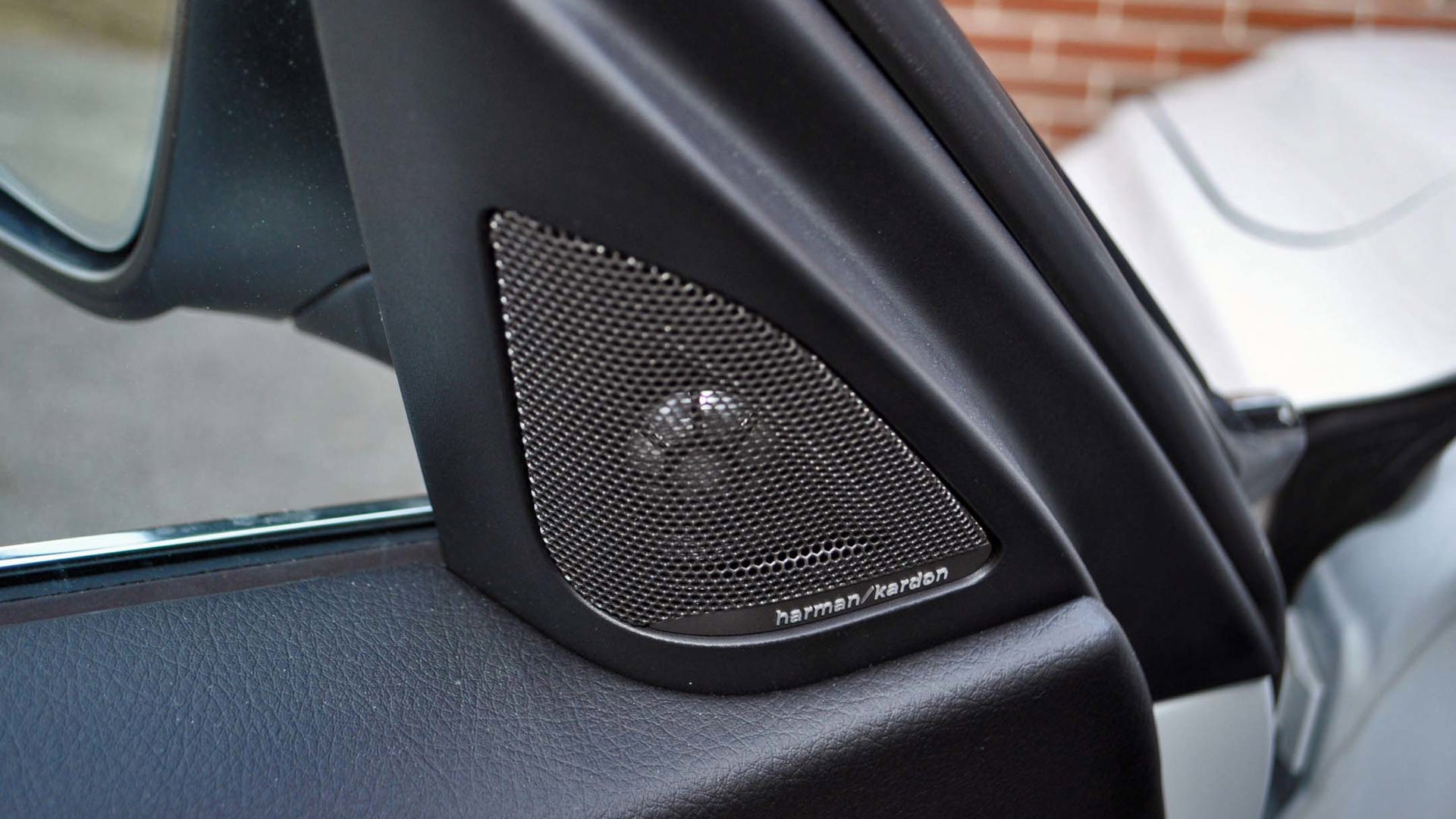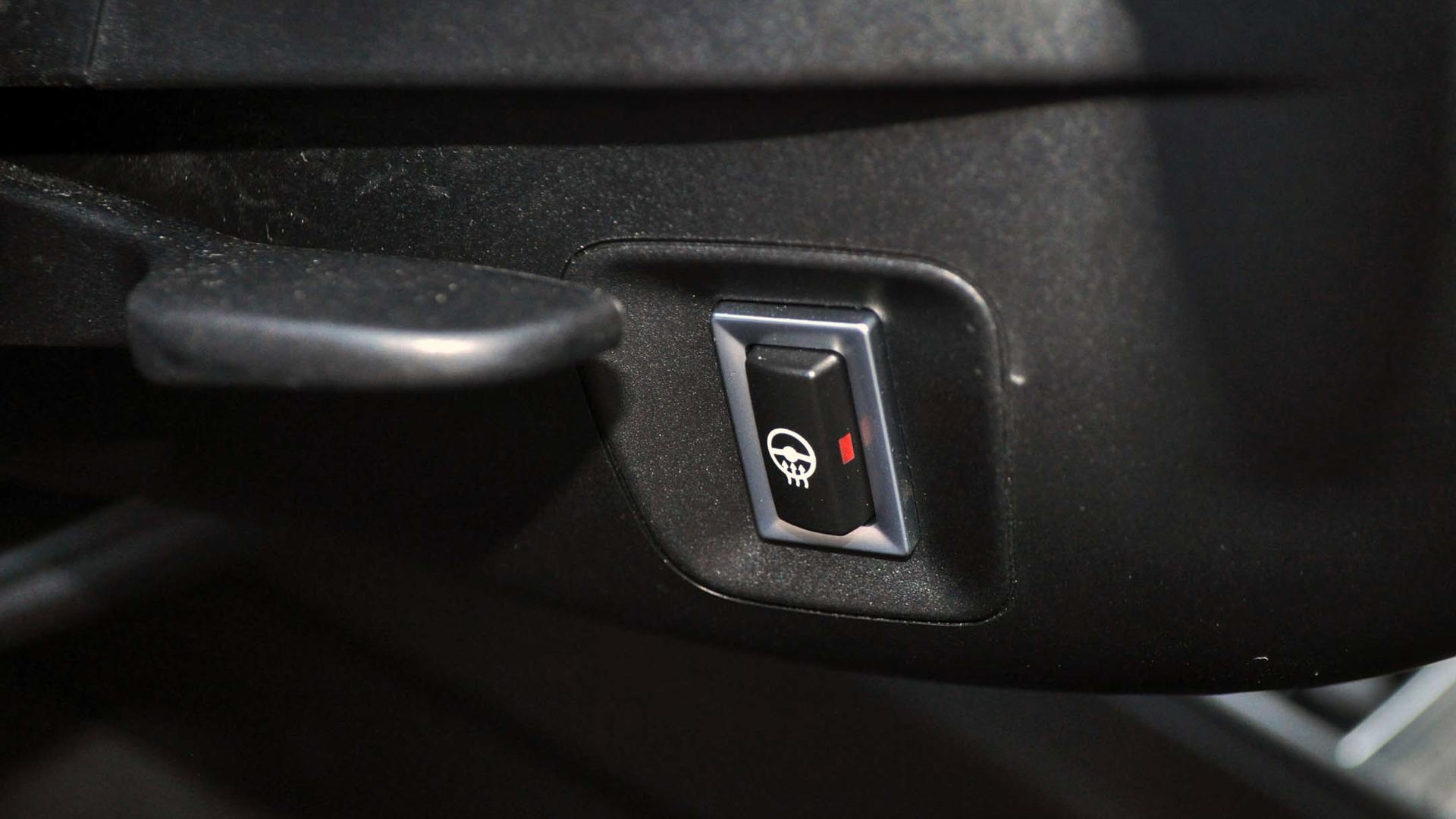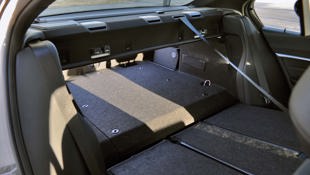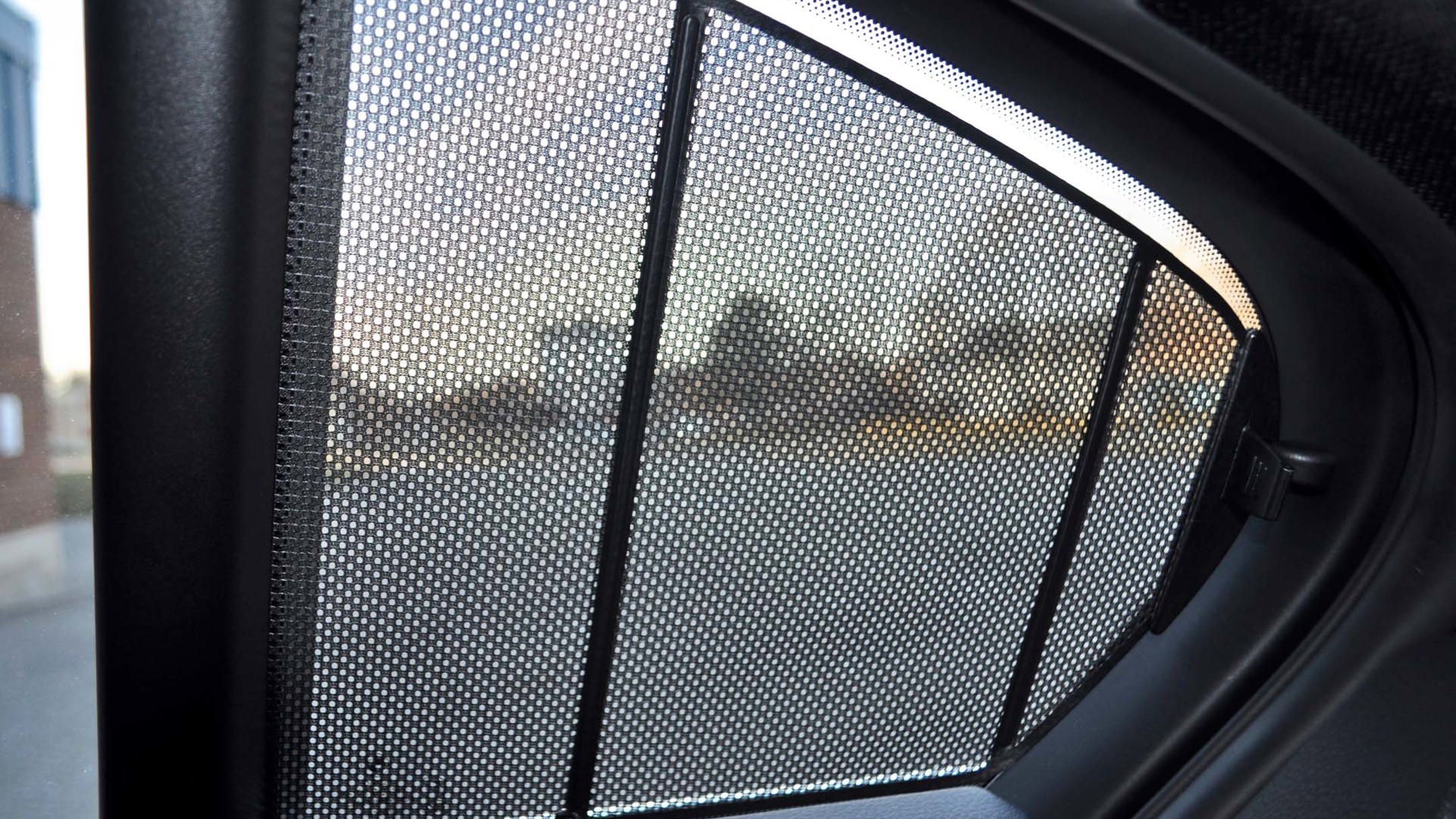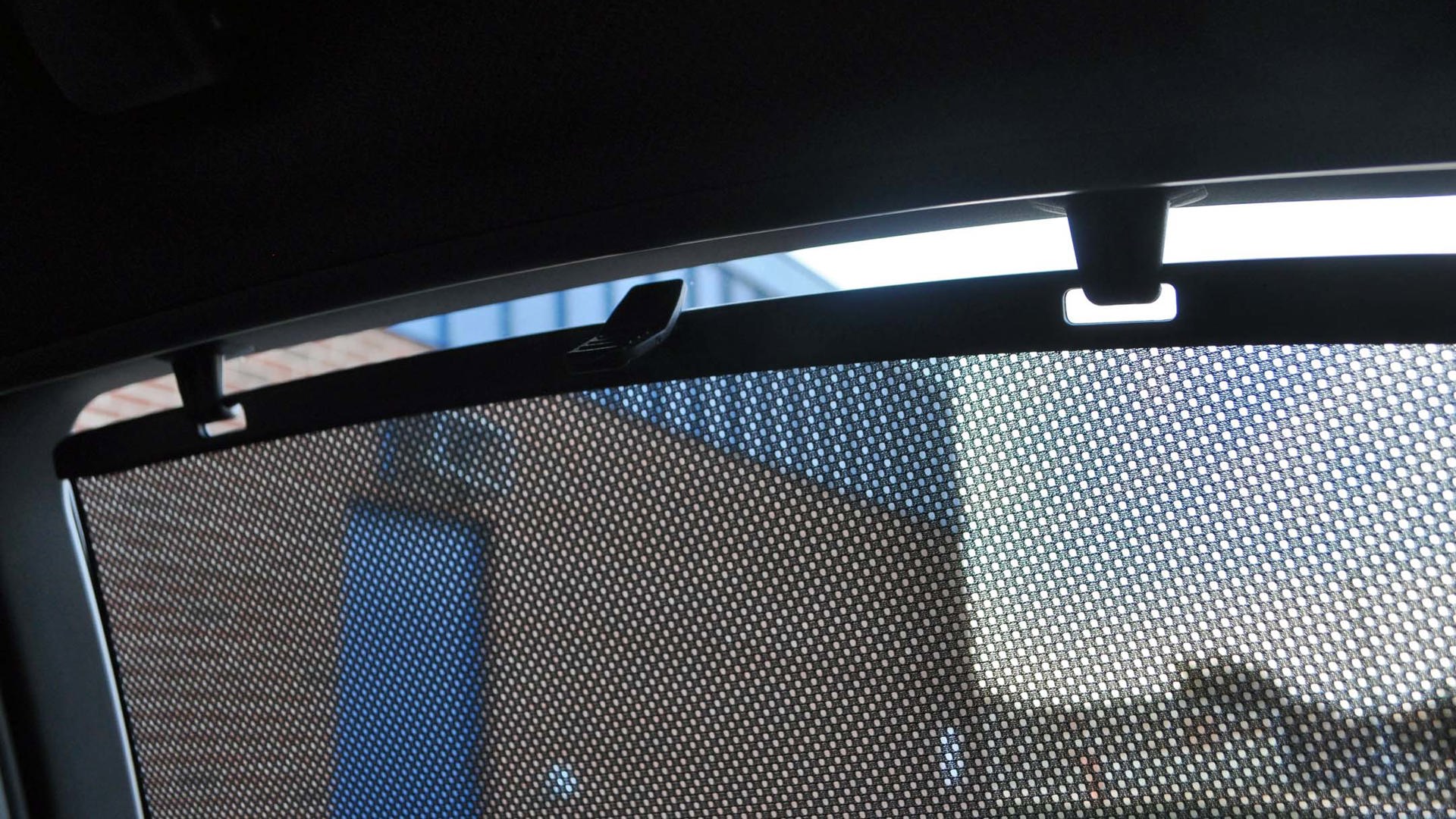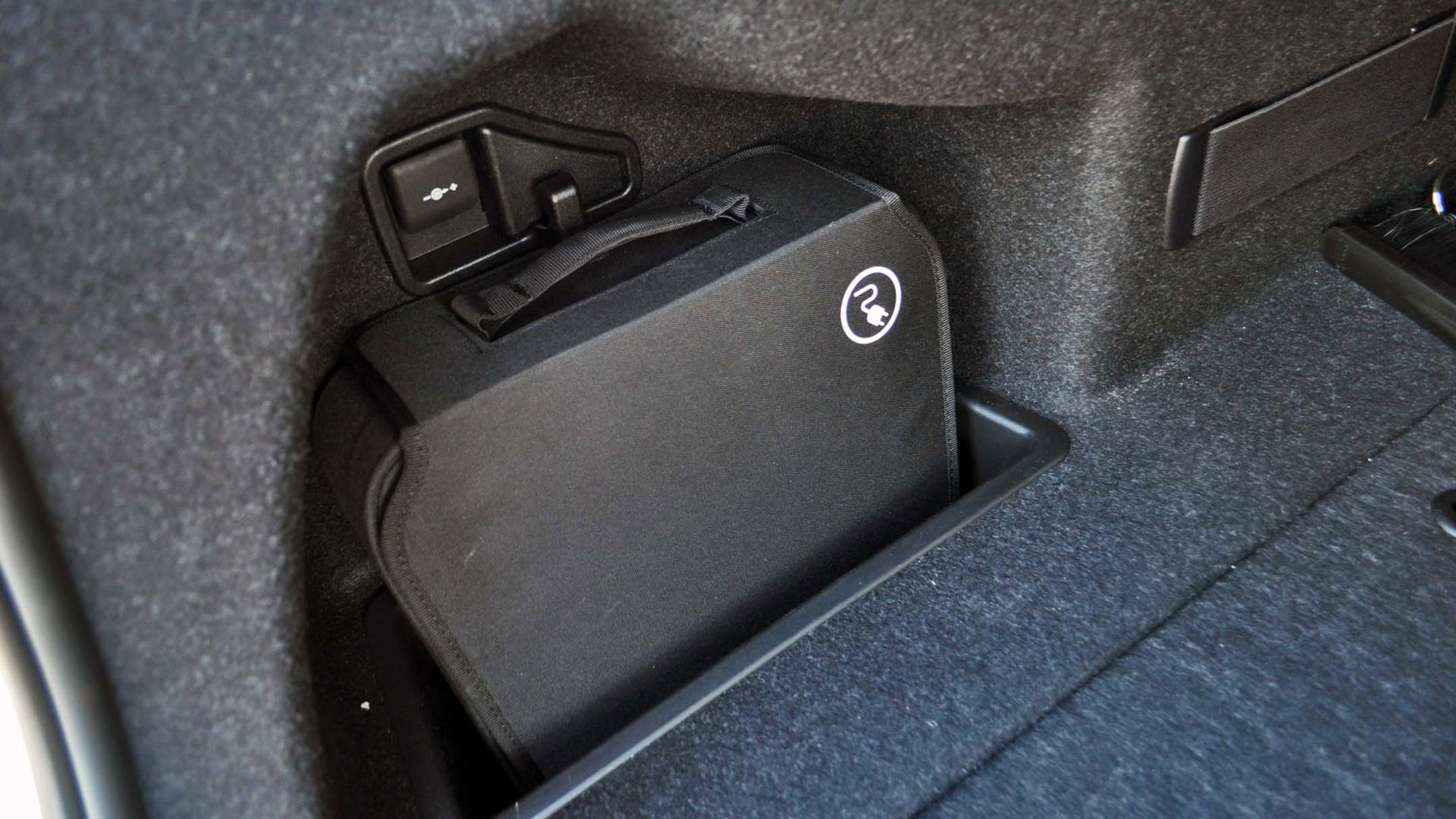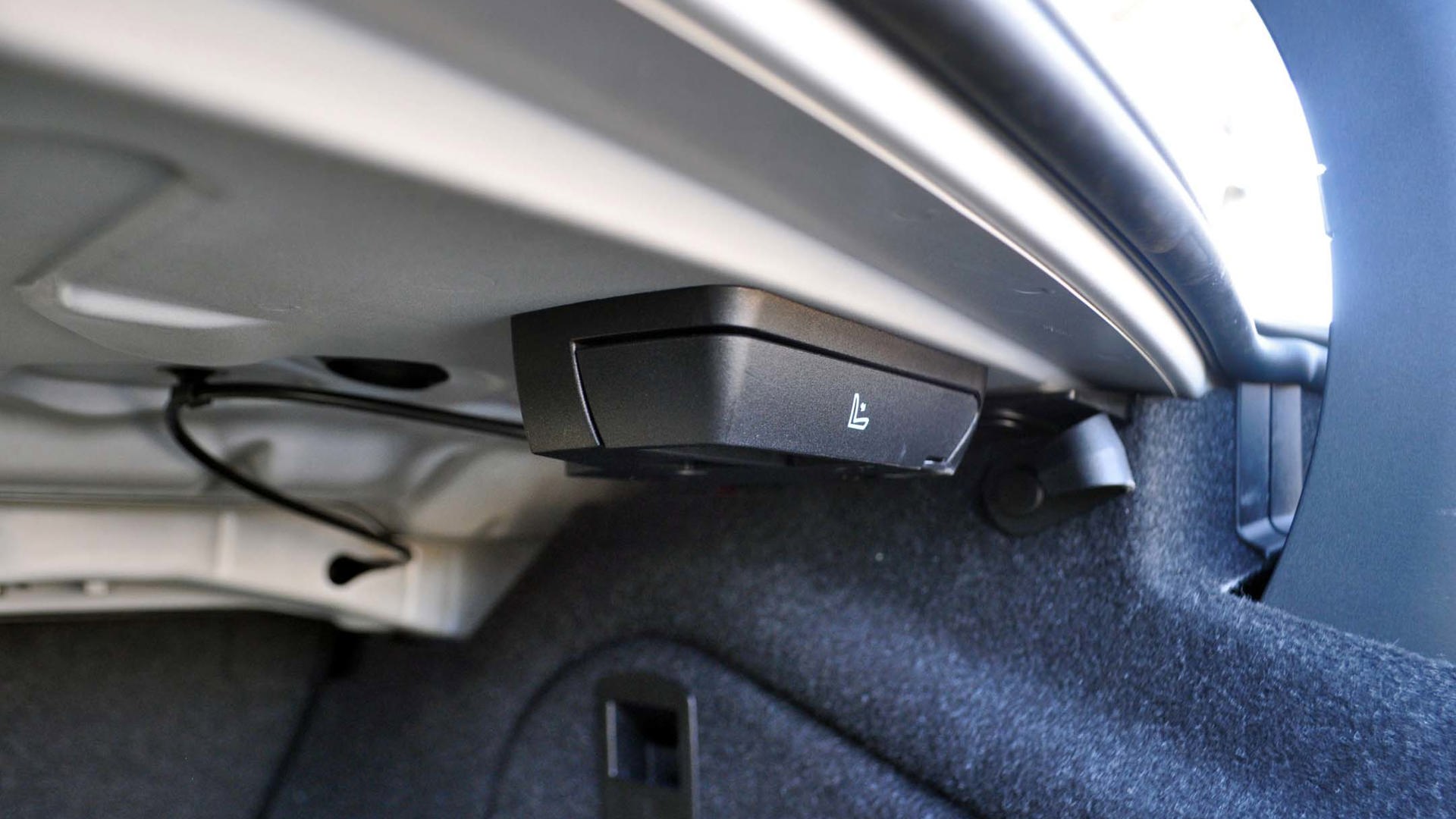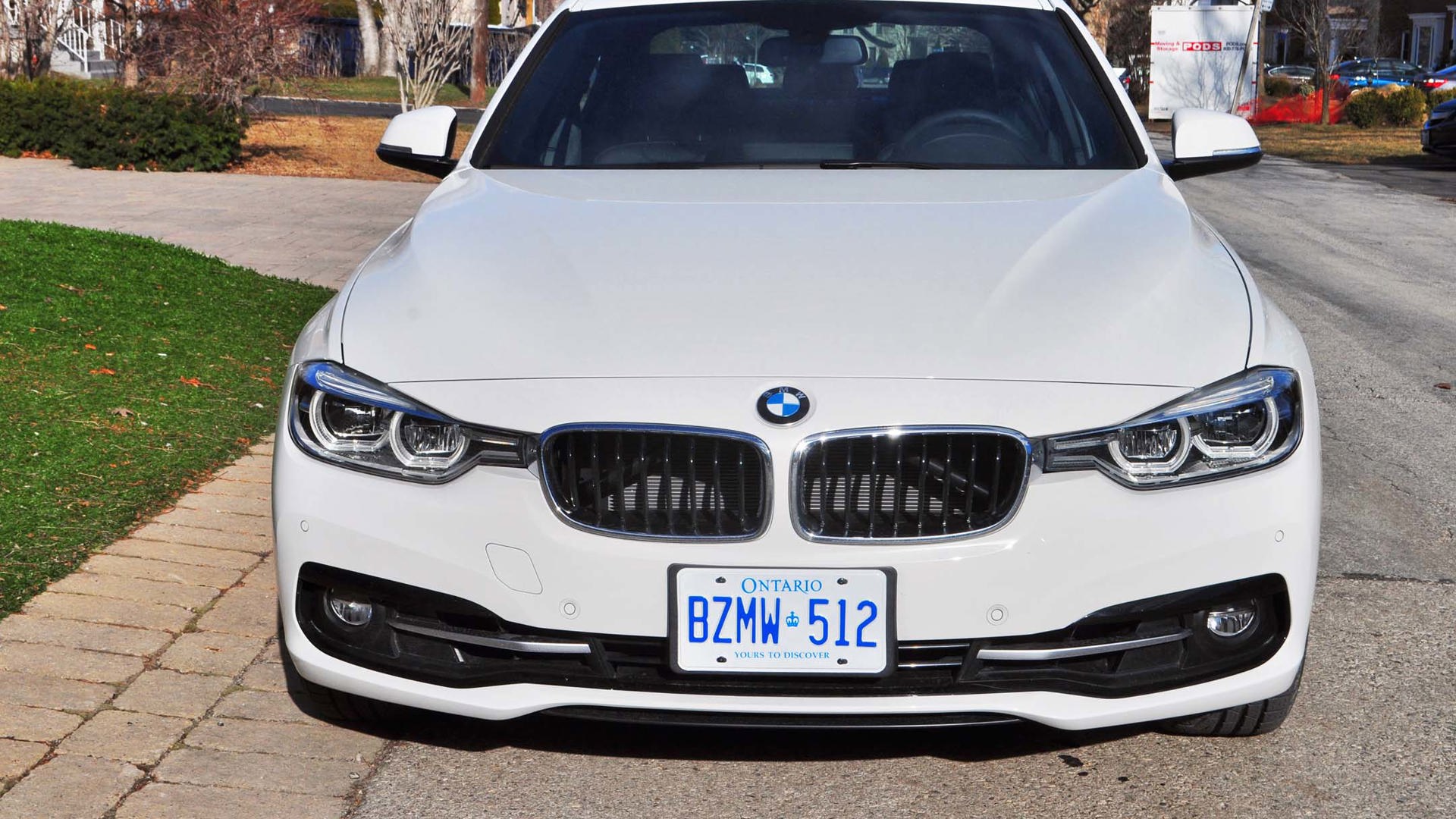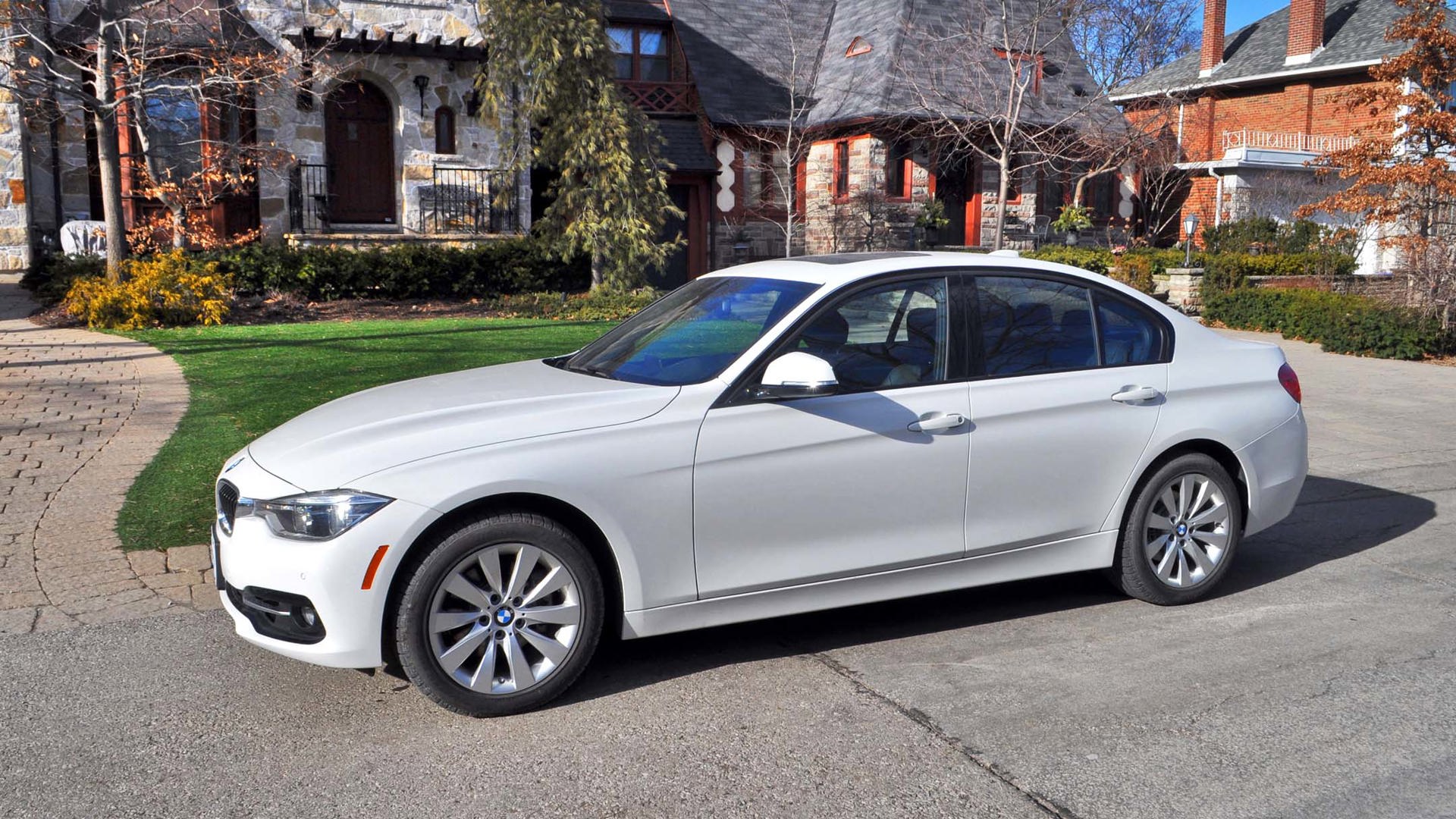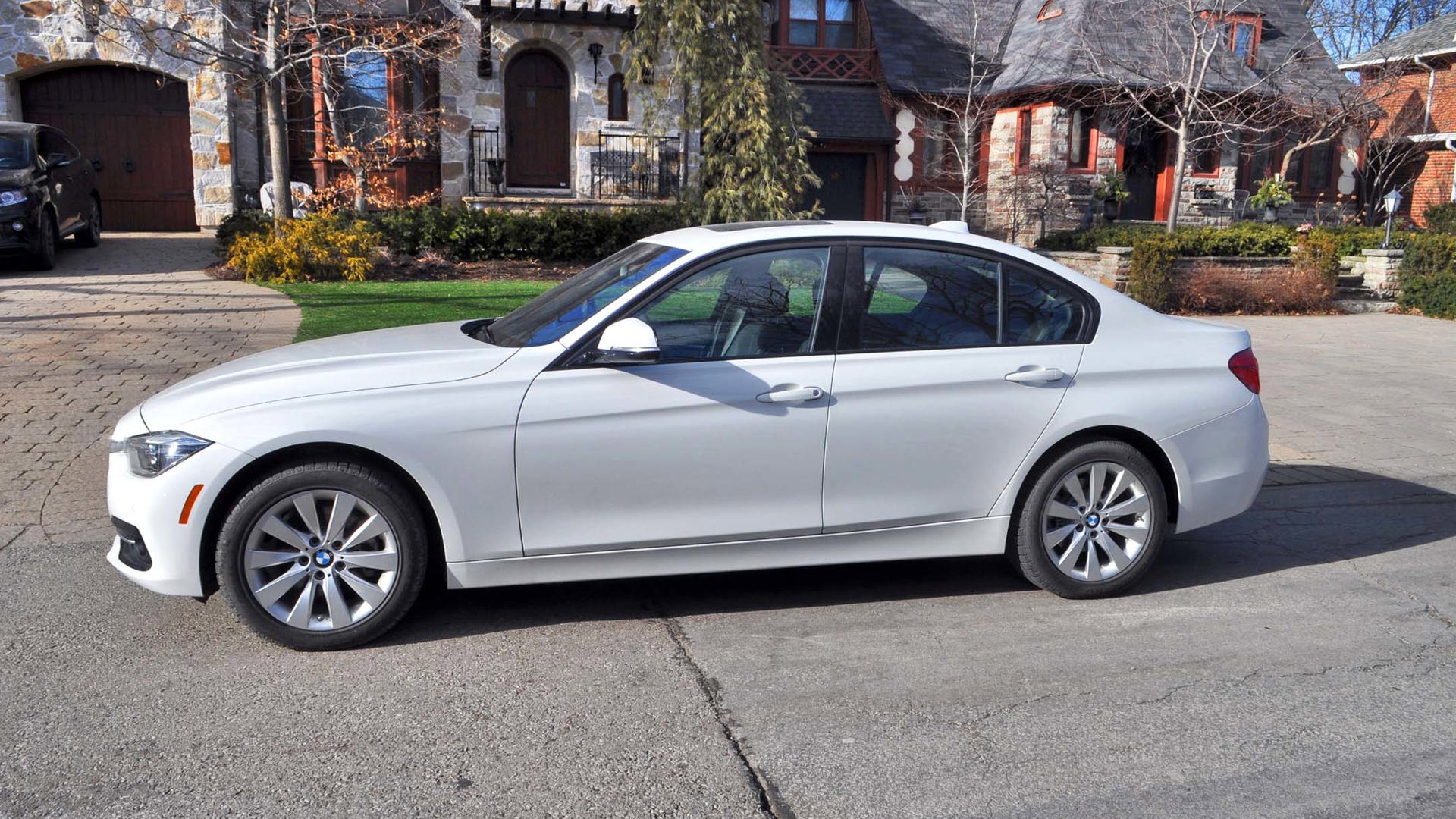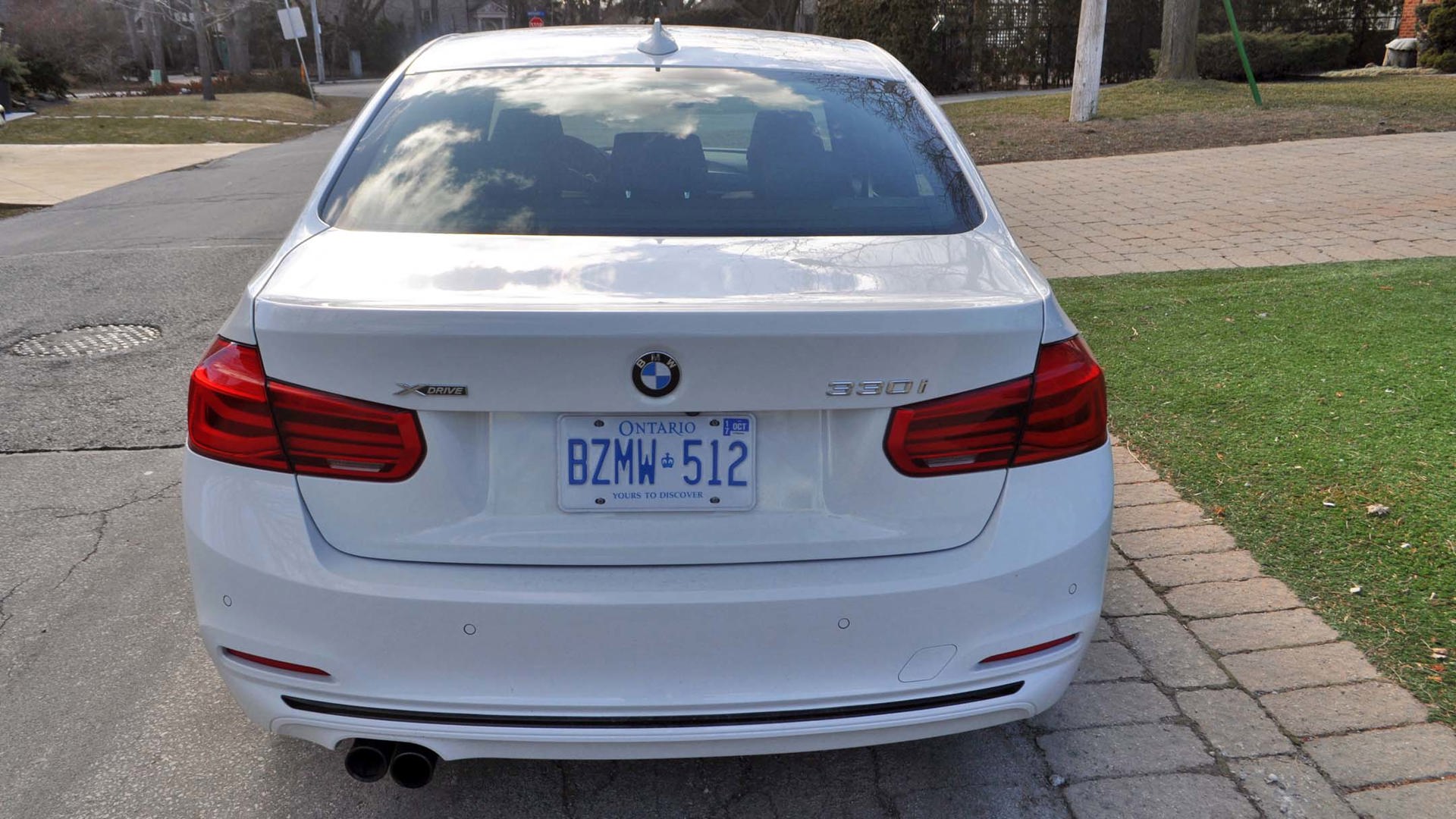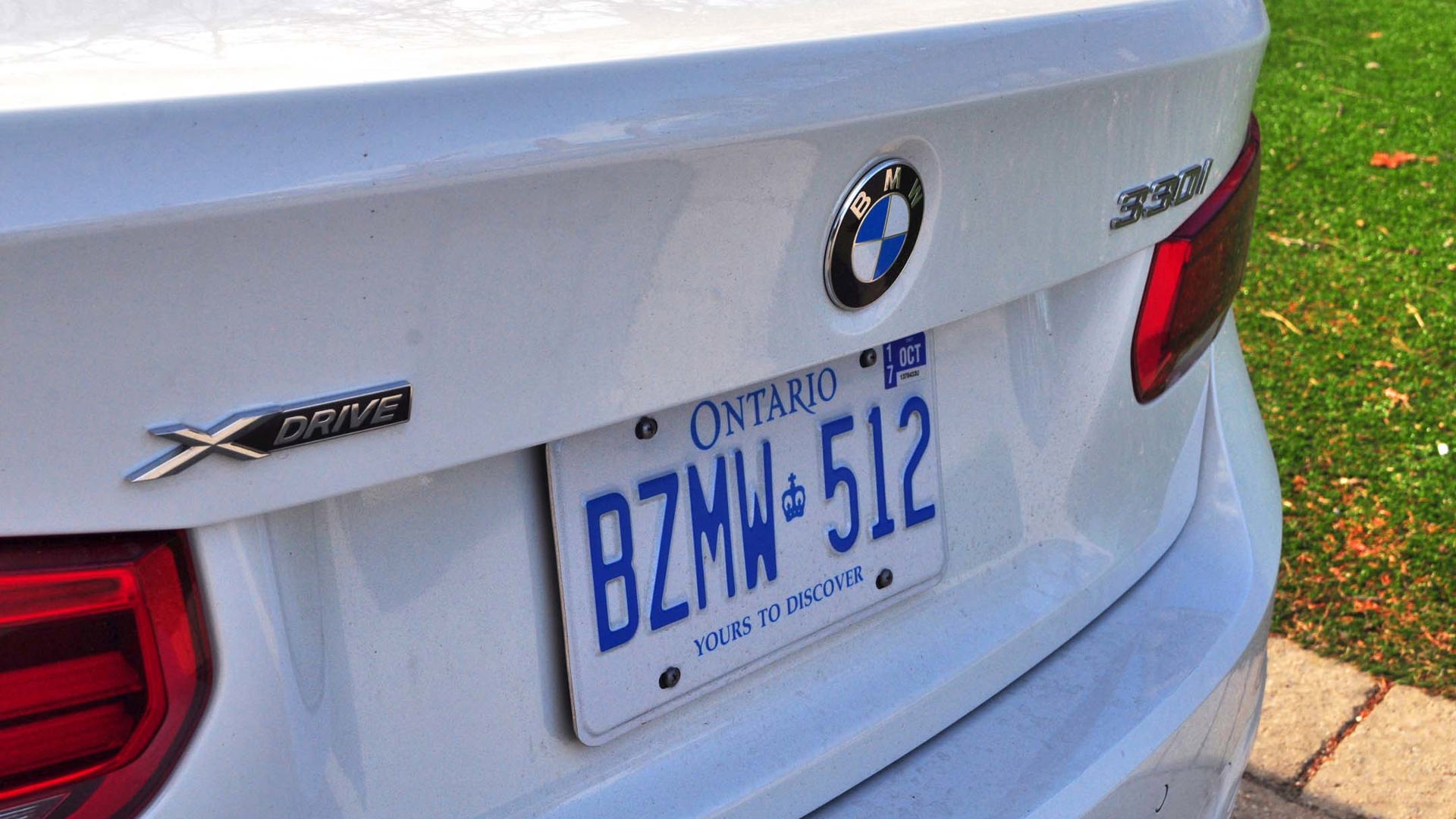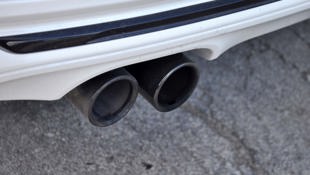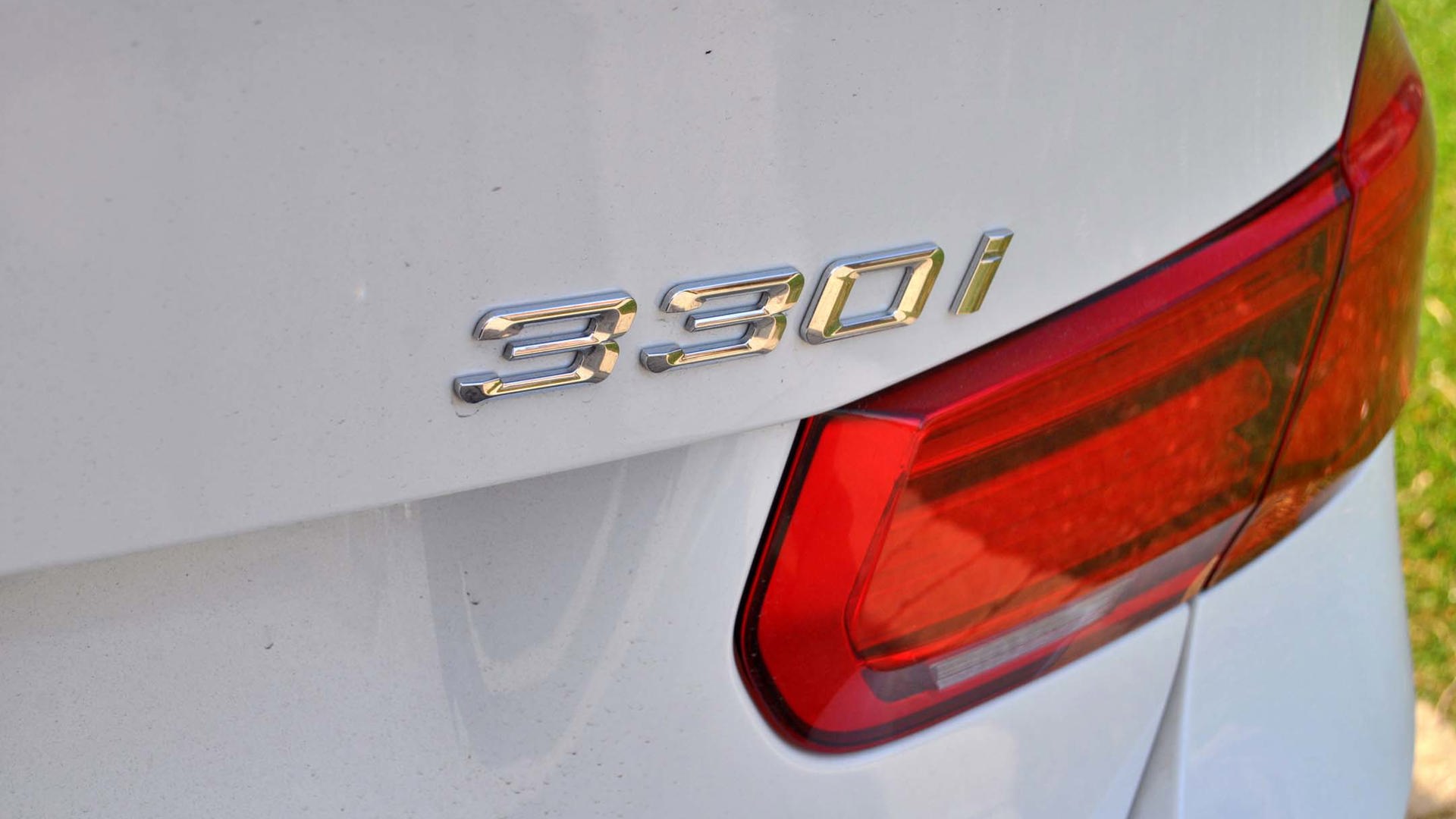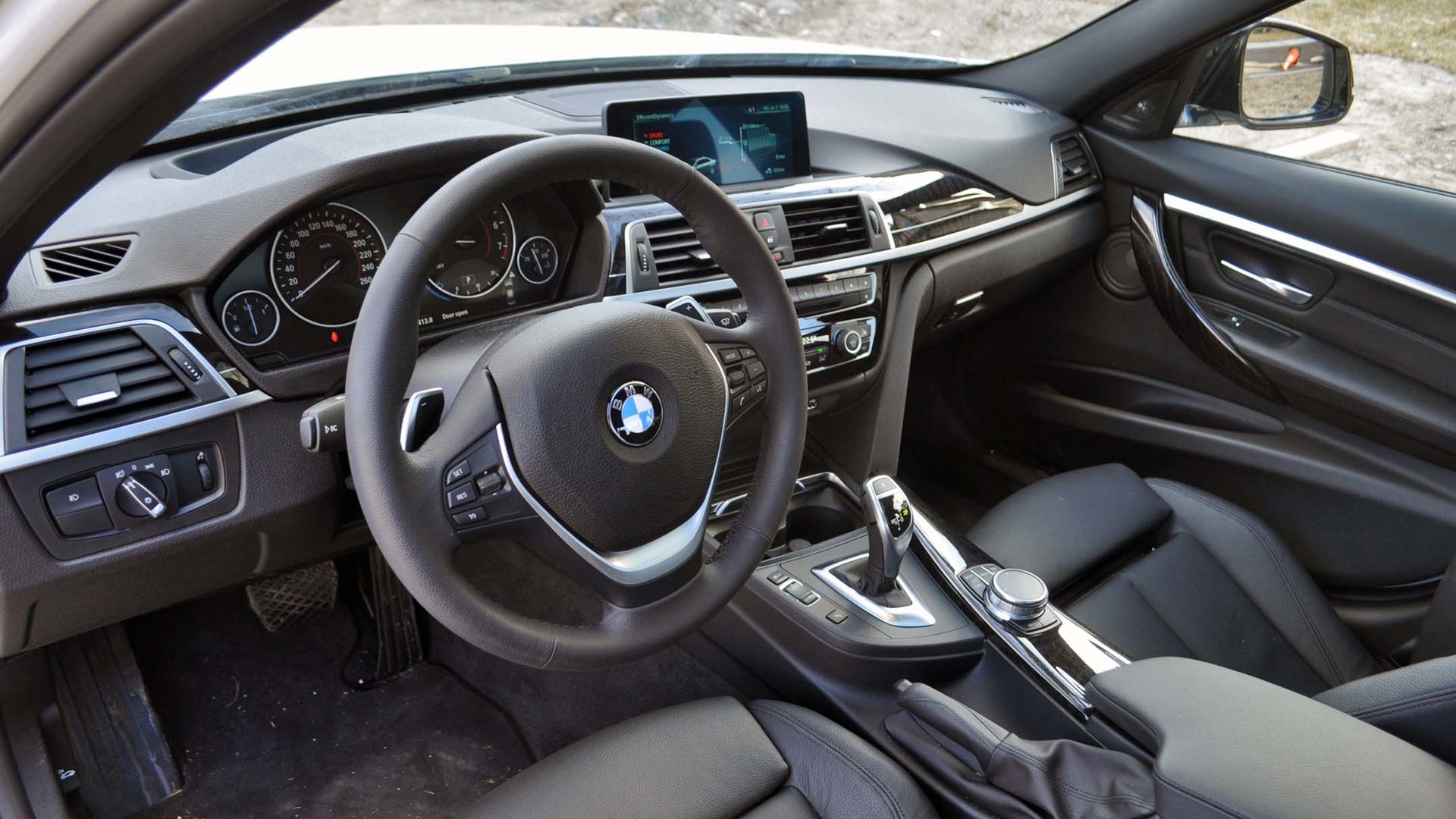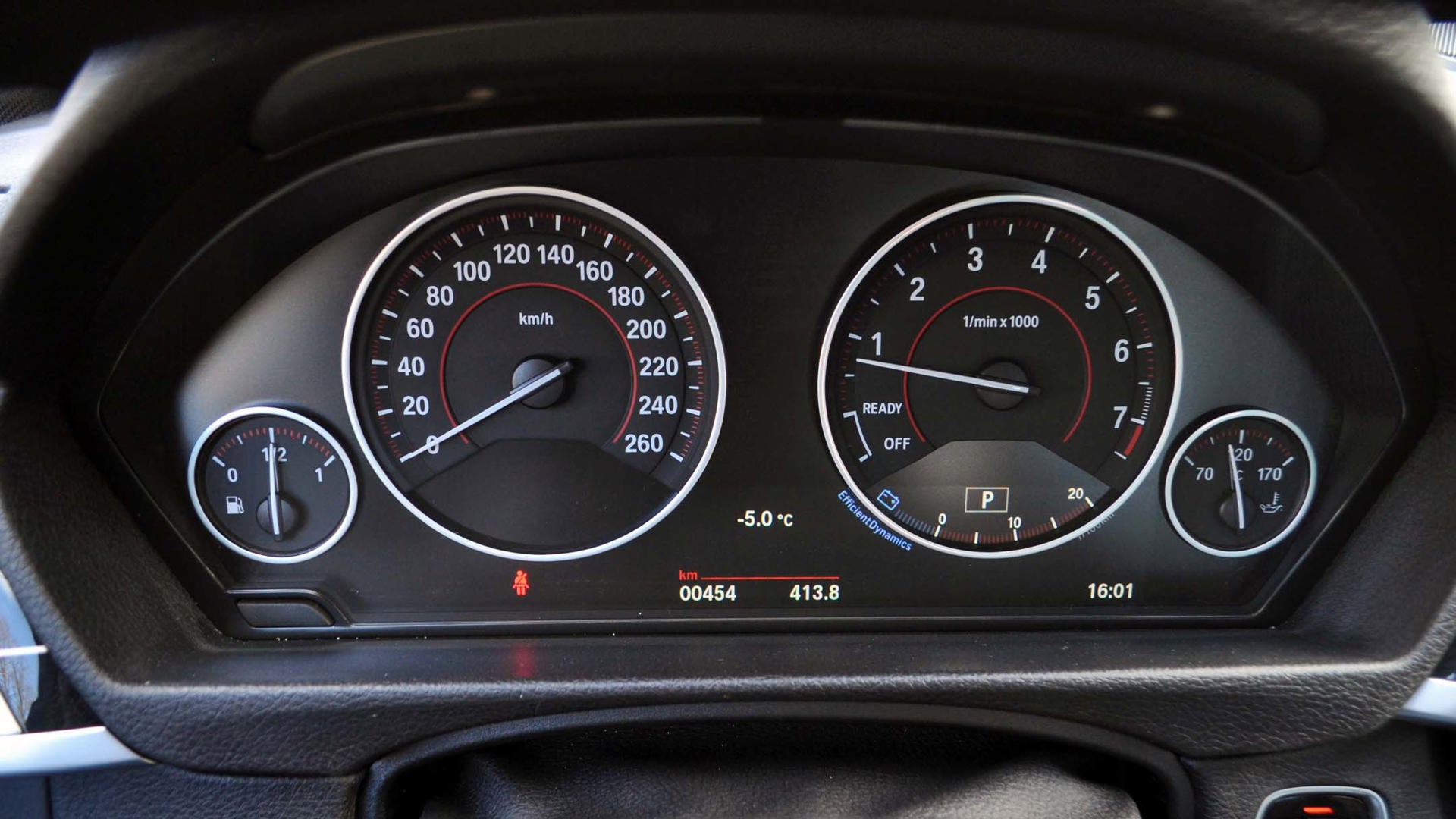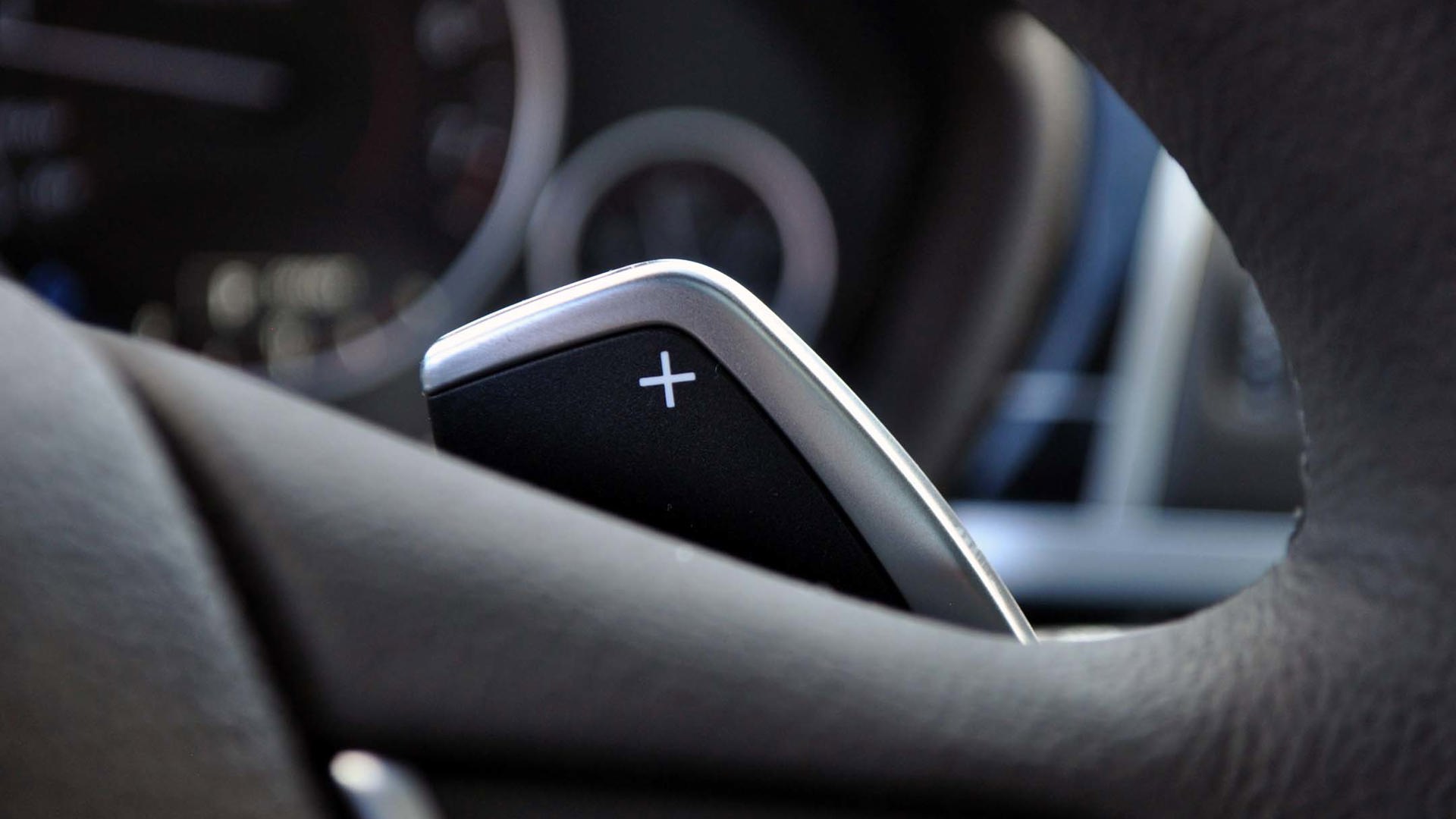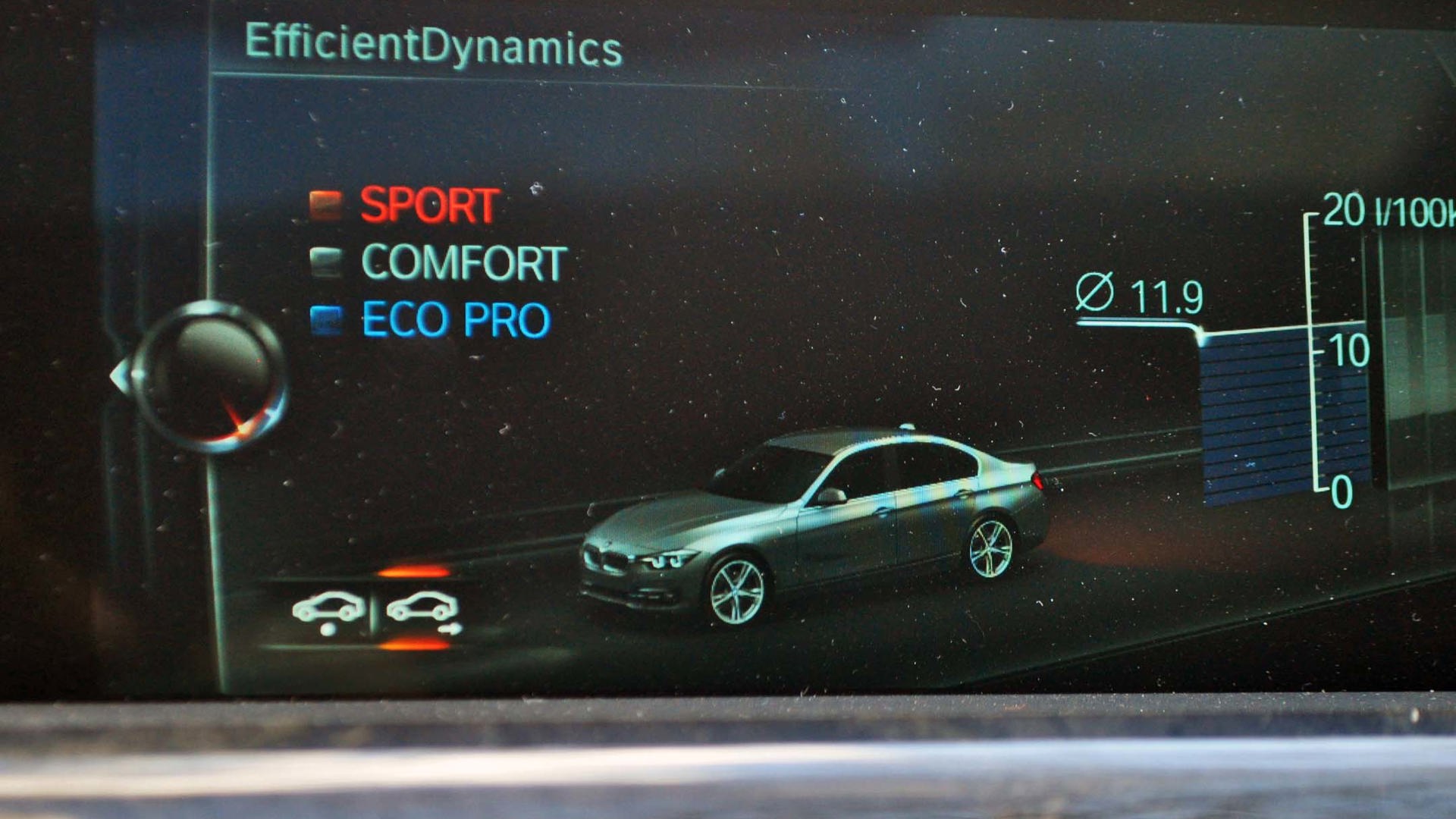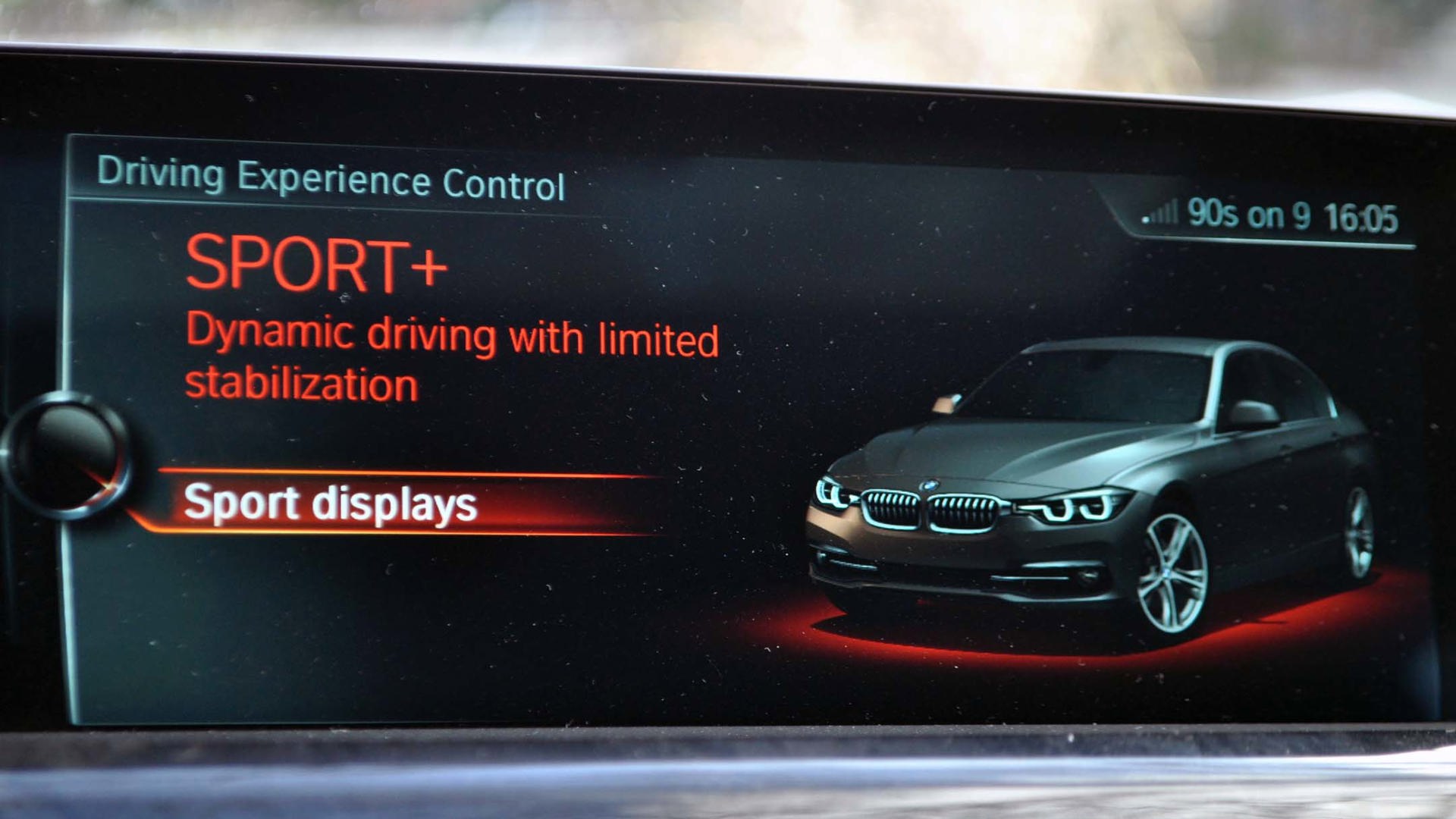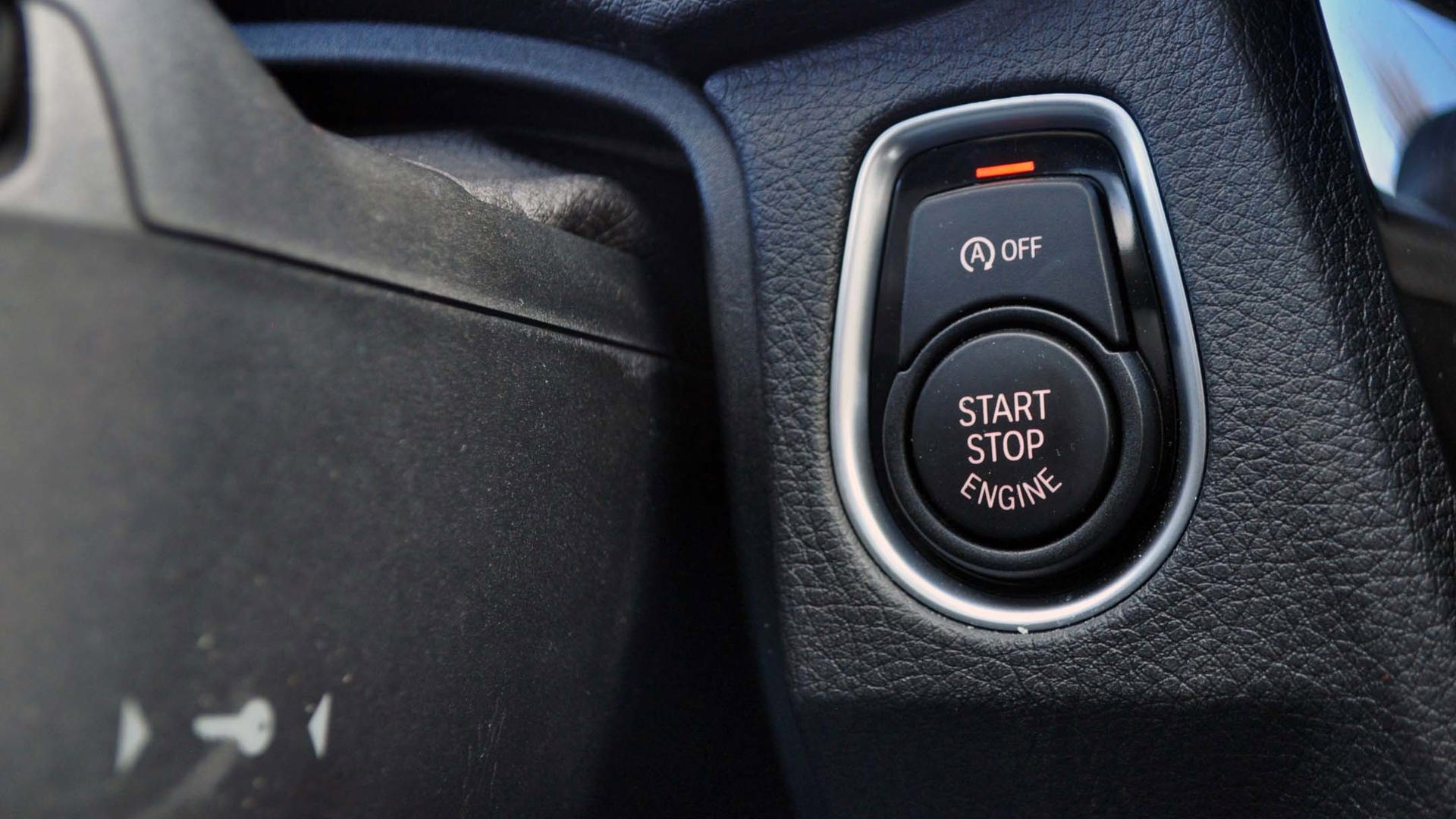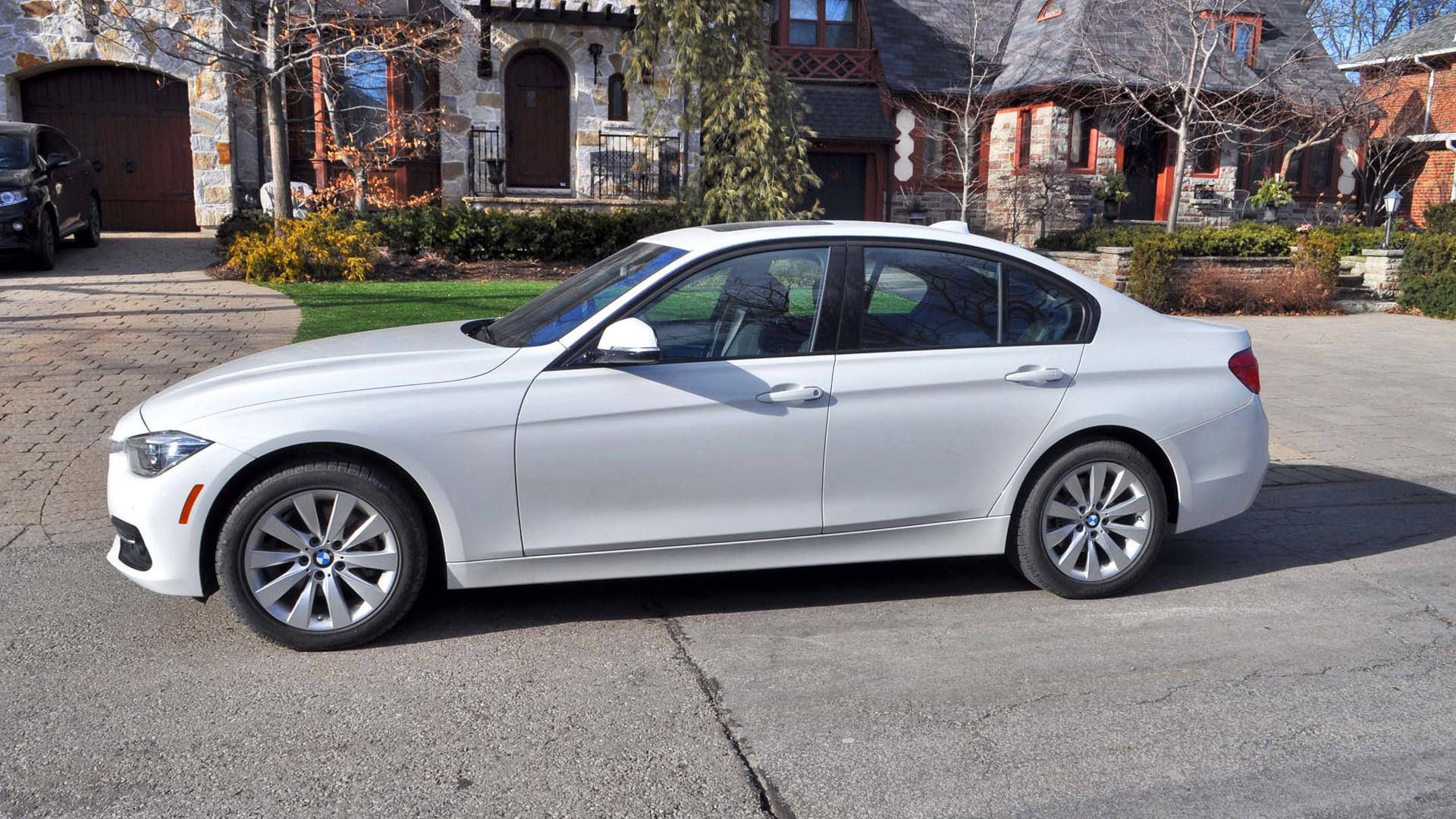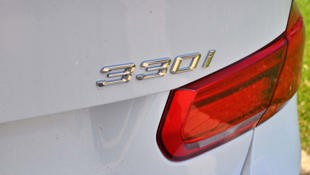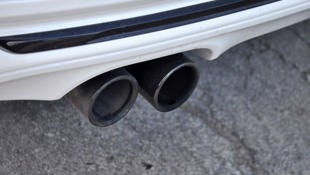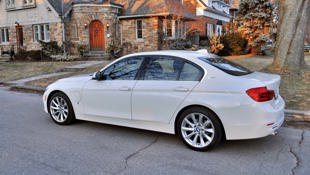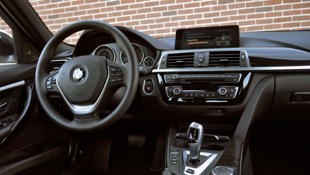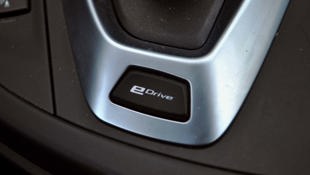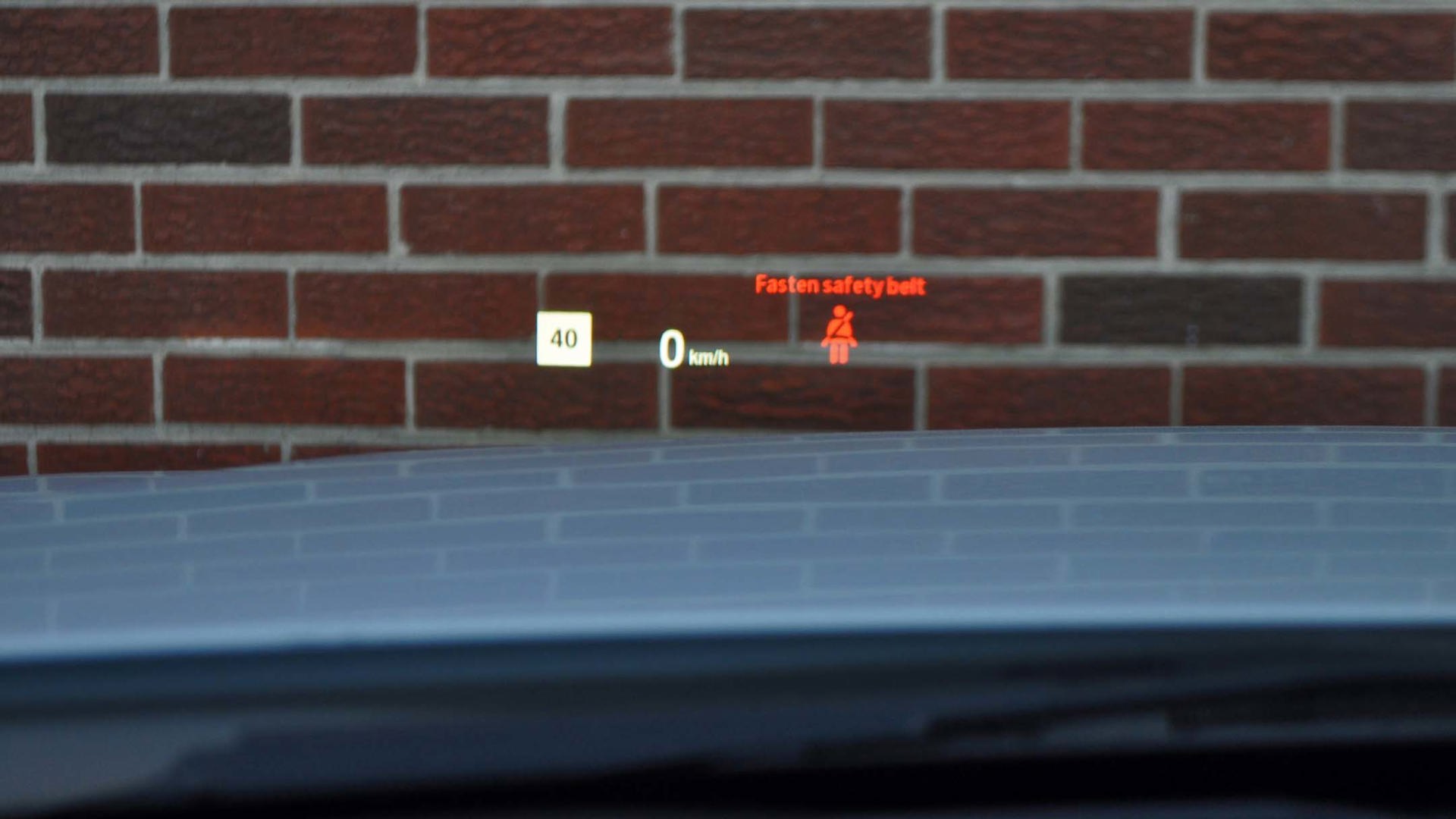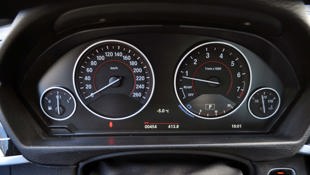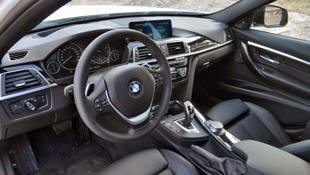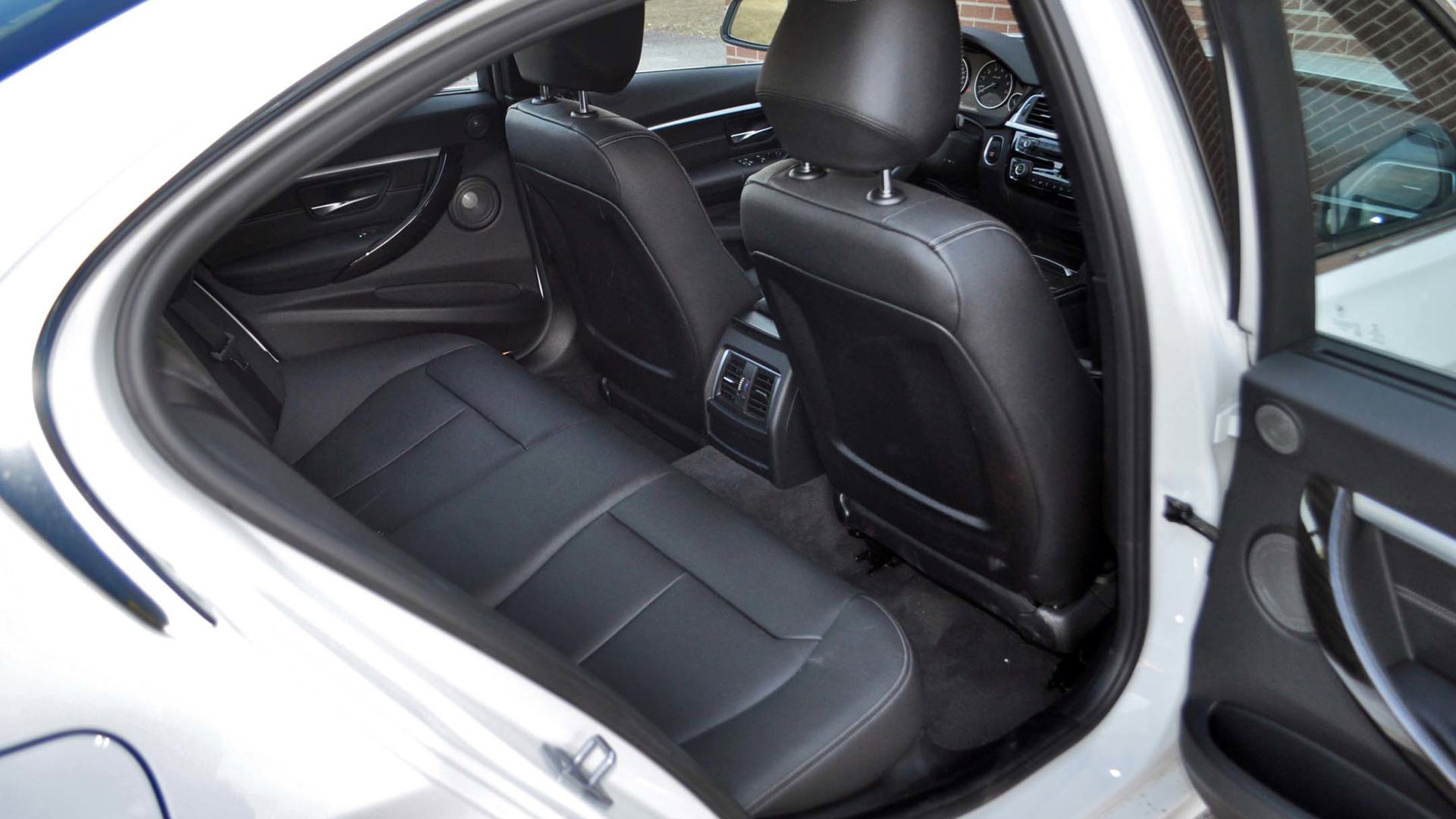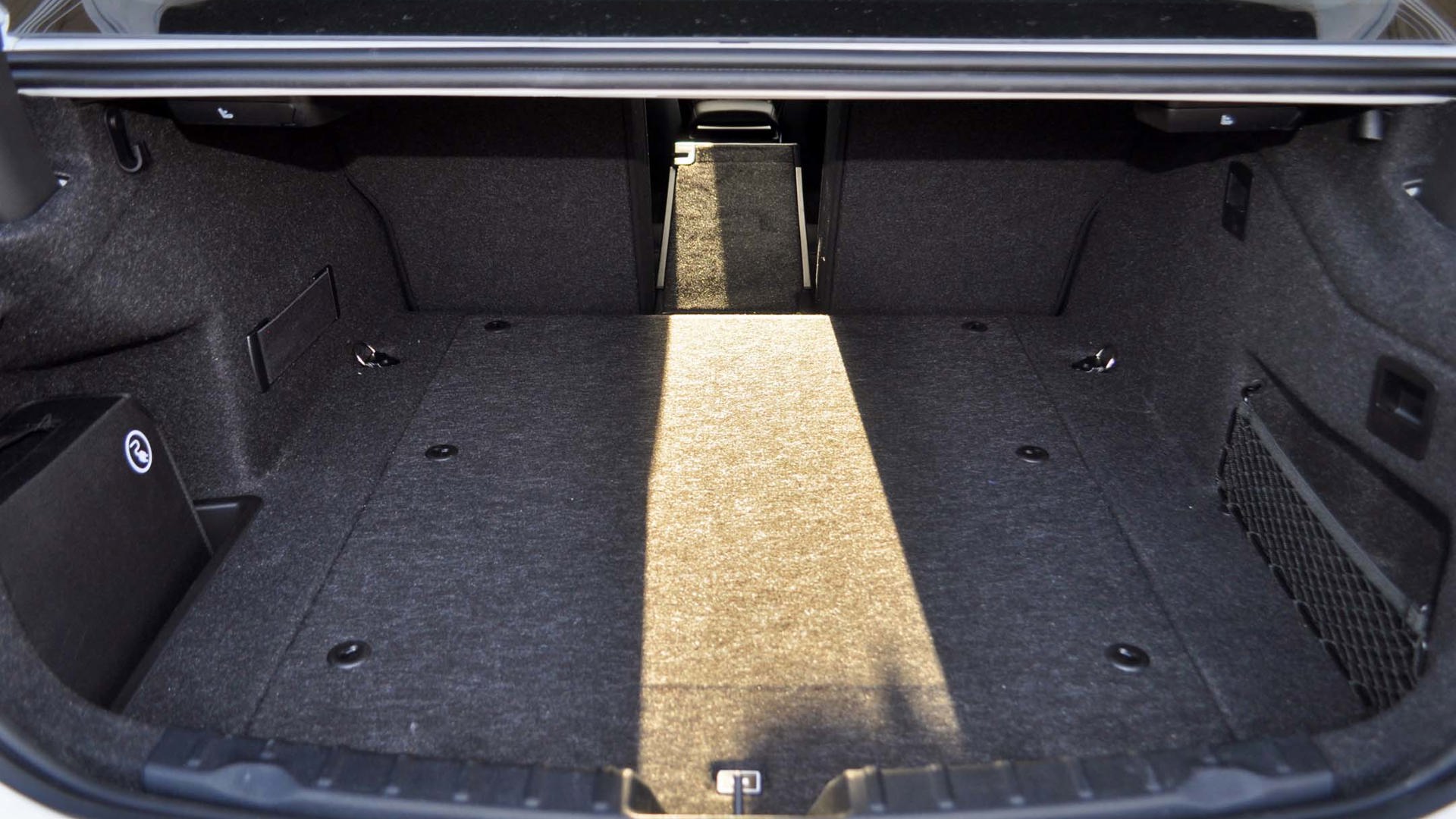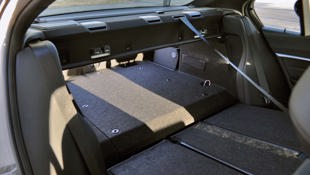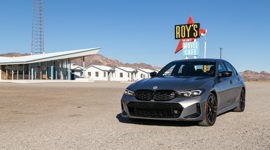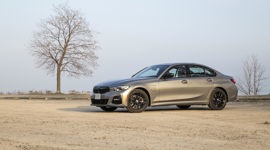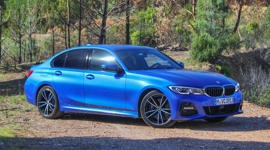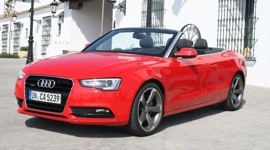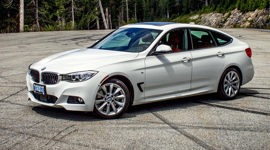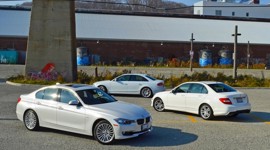Comparison Data
|
2017 BMW 330e
|
2017 BMW 330i xDrive
|
|---|---|
|
Engine Displacement
2.0L
|
2.0L
|
|
Engine Cylinders
4
|
4
|
|
Peak Horsepower
248 hp @ 5000–6500 rpm
|
248 hp @ 5,200 rpm
|
|
Peak Torque
310 lb-ft @ 1,350–4,250 rpm
|
258 lb-ft @ 1,450–4,800 rpm
|
|
Fuel Economy
8.5/6.9/7.8 L/100 km city/hwy/cmb
|
10.5/7.4/9.1 L/100 km city/hwy/cmb
|
|
Cargo Space
370 L
|
480 L
|
|
Base Price
$52,550
|
$47,700
|
|
A/C Tax
$100
|
$100
|
|
Destination Fee
$2,145
|
$2,245
|
|
Price as Tested
$63,495
|
$57,845
|
|
Optional Equipment
$8,700 – Premium Package Enhanced (Heated Steering Wheel, Alarm System, Universal Remote, Control Comfort Access, Rear View Camera, Auto Dimming Exterior Mirrors, Through Loading System, Lumbar Support, Park Distance Control, front and rear Head-Up Display, SiriusXM Satellite Radio, Harman Kardon Sound System, BMW ConnectedDrive Services Package) $5,550; Driver Assistance Package (Electric Rear Sunshade, Manual Side Sunshades, High-Beam Assistant, Active Blind Spot Detection, Driving Assistant, Surround View, Speed Limit Info) $2,400; Smartphone Connectivity Package (Apple CarPlay Preparation, Wireless Charging w/Extended Bluetooth and USB, Wi-Fi Hotspot) $750
|
$7,800 – Premium Package Enhanced (Heated Steering Wheel, Alarm System, Universal Remote Control, Comfort Access, Rear View Camera, Auto Dimming Exterior Mirrors, Through Loading System, Lumbar Support, Park Distance Control, front and rear Head-Up Display, SiriusXM Satellite Radio, Harman Kardon Sound System, BMW ConnectedDrive Services Professional) $5,550; Sport Line (Sport Auto Transmission with Paddles, Sport leather steering wheel, Sport Seats, Ash Grain Black Trim with Metal Inlay Chrome Highlight, High-Gloss Shadow Line) $1,500; Smartphone Connectivity Package (Apple CarPlay Preparation, Wireless Charging w/Extended Bluetooth and USB, Wi-Fi Hotspot) $750
|
Ever know a set of twins that looked literally identical, until you really got to know them? Same deal when I hopped from an eye-opening week in a 2017 BMW 330e to a week in an identically Alpine White 2017 330i xDrive sedan. And both with black Dakota leather, automatic transmissions, and starting prices a stone’s throw away from $50K.
In everyday scenarios, the 330i is by far the more energetic of the two, the 330e providing the spa experience to the 330i’s louder carny ride.
To “e” or not to “e” your 3 Series? That is the question someone ordering these media testers seemed to implore us to answer. So we did.
Because once you spend some quality time with these two, their differing personalities, strengths and weaknesses, plus even some tiny physical differences become apparent – to the point of making you wonder how blind you were to think them indistinguishable earlier.
Picking one apart from the other
Visually, one needs a rather keen eye to tell a mainstream 330i apart from a 330e plug-in, but it’s not as difficult as it first appears. There’s no giveaway on the car’s nose, unless you happen to be from a province that uses a green licence plate for vehicles that can be plugged in (and defaces automotive noses with such governmental graffiti), such as Ontario.
This plate is how eagle-eyed law-enforcement types discern that the solo driver in this 3 Series plug-in hybrid using the HOV lane is permitted to be there. Both Ontario and Quebec allow plug-in drivers the time-saving perk of using high-occupancy-vehicle lanes while travelling alone.
This alone could tempt some commuters crushed by the soul-sapping experience of being stopped on a highway to look the 330e’s way.
From the sides, there are a couple of subtle “i” badges on the fenders, and “eDrive” ones at the base of the 330e’s C-pillar. And of course the 330e has an extra charge-port flap right by the driver’s door, where it’s more convenient than Mercedes-Benz’s awkward right rear flap on its GLE 350e SUV, but not quite as convenient as the plug-in Audi A3 e-Tron’s charge port right in its nose that lets you drive right up to a charger and then plug in without squeezing around the car in tighter garages or spaces. Twin tailpipes peek out on both, but the tips were shiny on the 330e and darkened on the 330i with its optional Sport Line package.
The rims available on both 330 models are also largely the same, with our tester’s 330i’s rims matching the 330e’s exactly on one side, but a slightly different design on the other – this was a wheel-switching snafu somewhere, not usual 330i practice.
All this to say: there are subtle differences, but you have to look closely.
Interior: subtle differences continue, but grow
With even the black leather and Ash Grain black trim matching in the 330 sedans, the interiors featured even less immediate visual contrast between each other. Both are luxuriously and modernly appointed, with comfortable two-position memory seats that are heated, but not cooled. A thick-rimmed steering wheel feels positive and driver-focussed in the hand, though the 330e is missing the shift paddles that makes the 330i feel so much more engaging to drive, even if many drivers won’t bother to use them often.
It’s not the most colourful or artistic interior, but it has a purposeful sleekness about it, with a touch-sensitive iDrive controller in between the seats that offers a much wider array of options and a cleaner look than non-controller systems. The 330e offered a few unique eDrive badges – on the steering wheel, for example – as well as a unique eDrive button at the base of the electronic shifter that sends it straight to largely silent all-electric mode if there’s sufficient charge in the battery – up until you floor it.
Sure, there are some signs in both that BMW is entering the final stretch with this aging generation of 3 Series sedan: the handbrake in between the seats seems anachronistically out of place, while the heated steering wheel switch hidden away on the dash behind the steering wheel adjustment lever also clearly says “afterthought”.
Online whispers suggest BMW is planning to debut an all-new generation of 3 in the next year or so, with a possible all-electric version later to rival the Tesla Model 3 directly.
But the first true pointers to the personality differences between these two largely identical 330s are these feature variations. The 330i xDrive with its shift paddles and Sport+ mode – that the 330e doesn’t offer – is more for engaged enthusiast drivers, while the 330e’s all-electric eDrive mode highlights its quieter, more efficient and more luxury-focussed driving experience.
Driving personalities clash: driver-focussed for 330i, dial “e” for luxury
Once on the road, the 330i xDrive with its 2.0-litre four-cylinder engine does not seem loud and aggressive on its own; but after a week of wafting along on barely audible electric ions in the 330e – at least for the first 20 or so kilometres each day – the 248 hp four in the 330i is a constantly singing and quickly snarling companion. Especially if you exercise those shift paddles, and adjust its console-mounted drive-mode selector up from Sport to Sport+, a step that’s absent in the 330e.
In contrast, hitting Sport mode in the 330e basically results in the 248 hp four staying on all the time, but it’s clearly the unhappier of the two for the extra workout. Don’t be fooled by their identical horsepower rating either: these cars don’t use the same engine, as the 330e’s mechanical mill actually puts out 180 hp, but is supplemented up to a total of 248 with extra motive force from its additional electric motor and battery.
On paper, the 330e’s cumulative torque figure topping out at 310 lb-ft says there should be lots more low-end oomph in the plug-in 330e than the plain-old 330i, which offers a healthy but notably lighter 258 lb-ft of torque. But in reality, unless you’re mashing the throttle straight to the floor, the 330e’s electric motor-only initial response provides silent and less urgent acceleration in most daily interactions, leading to an overall more relaxing but less responsive driving personality.
BMW figures suggest the 330i xDrive can dash from rest to 100 km/h in 5.8 seconds, compared to a close but still behind 6.2 seconds for the 330e. But that’s obviously pushing both cars hard; in everyday scenarios, the 330i is by far the more energetic of the two, the 330e providing the spa experience to the 330i’s louder carny ride – not massive-roller-coaster thrilling, but more kinetic by far.
It’s not that you can’t scare the 330e into sport sedan duty, but it just comes more naturally – and perhaps necessarily – to the 330i. Though if you want the full manual-transmission sport-sedan experience, you’ll have to move up to the 340i, which also comes with the potent and playful turbocharged inline-six.
Practicality tilts 330i, but e for efficiency
From a practical family hauler point of view, passenger user-friendliness is identical again in each, with both front and rear passengers each sharing the same spacious width, height and interior dimensions.
It’s a different story in the trunk, where a higher cargo floor accommodating the 330e’s 7.6 kWh lithium-ion battery, and a large pouch to one side that holds the 330e’s charge cable eat up a fairly sizable 110 litres of volume. BMW has actually done a fairly impressive job in making the trunk as flat and spacious as possible, without the odd-shaped humps and non-folding rear seat penalties you still see in many plug-in hybrids – and even some regular ol’ hybrids.
The 330e’s trunk is still as useful as a shoehorn in a retirement home, holding a worthy 370 litres of cargo, but the 330i xDrive’s 480 litres is just that much larger and more flexible. Some of this space can be instantly gained back by removing the charger cable case and leaving the cord plugged into the garage’s regular 110-volt outlet, which will take much of the night to gain back a full charge from empty. But if you install a 240-volt wall charger, that time drops to about two hours.
Depending on brand, most of these electric vehicle supply equipment (EVSE) wall units cost between $500 and $1,000, and roughly the same amount to install them by a professional electrician. Ontario and Quebec both offer $1,000 towards the cost of these EVSEs, which are a real necessity for battery electric vehicle owners with extra-large batteries and no back up engine. For something like the 330e, it’s worth trying the slower trickle from the electric garden hose that comes with the car before deciding whether you want to ante up for the EVSE firehose.
BMW also freed up some cargo room in the 330e by shaving the fuel tank down from 60 to 41 litres. On the up side, the premium fill-ups required by both won’t cost as much in the 330e. On the down side, you may find yourself heading to the gas station more often in your plug-in hybrid than in your 3 Series, though that may simply provide greater incentive to plug it in every night. That’s truly where the most fuel-efficiency savings will come from, even though the 330e will operate as a regular hybrid once the pack runs out of grid juice, generating some but minimal battery power from regenerative braking forces.
Officially, the 330e throws down a Corolla-like 7.8 L/100km combined fuel efficiency rating when driven just in hybrid mode, becoming an even more impressive 3.3 litres equivalent (Le) per 100 km when driven on grid electric power as well. We averaged very close to its official gas-only figure, at 7.7 L/100km, though we did regularly see more than the government’s official 23 kilometres worth of estimated all-electric range promised on the 330e dashboard, though it’ll be slightly less than that in the deep of winter.
The 330i xDrive combats that with an official fuel efficiency rating of 9.1 L/100 km overall, though we saw a much thirstier real-world average of 11.9 L/100 km. So there’s no doubt that there’s money to be saved on fuel with the 330e.
Value helped by rebates, but not a huge price difference between them
The 330e starts roughly $5,000 higher than the 330i xDrive, and the final prices of our two twin testers finished there as well, with the 330e coming in at $5,650 more expensive than the 330i, after freight and A/C tax, but before any provincial incentives are applied. There’s no doubt that manufacturer rebates and incentives will be more plentiful on the far-more-common 330i xDrive, but it doesn’t qualify for the government rebates available on plug-in cars in Ontario, Quebec, and BC to encourage the sale of these partial-zero-emissions vehicles.
The amount varies province to province, with west coasters receiving a $2,500 incentive for the 330e, $4,000 in the province of Quebec, and a notable $7,730 in Ontario.
But supplies of the 330e are much more limited, since it’s part of the iPerformance line of plug-in hybrids that aren’t sold at all BMW dealers, and likely very hard to source outside of the rebate provinces. Consequently, most BMW dealers will be more flexible with terms on a non-e 3 Series, so even the $5,650 as-tested price difference seen here would likely be re-balanced by either better lease/financing terms on the 330i or government incentives on the 330e.
So if the lowest price is your main determinant, make sure to check all your incentive options, no matter where they originate.
Overall then, what separates these BMW 330 sedans is not price or looks, but practicality and personality. If you’re looking at one of these twins, much of the choice comes down to whether you’d rather spend time at the spa or the amusement park.
